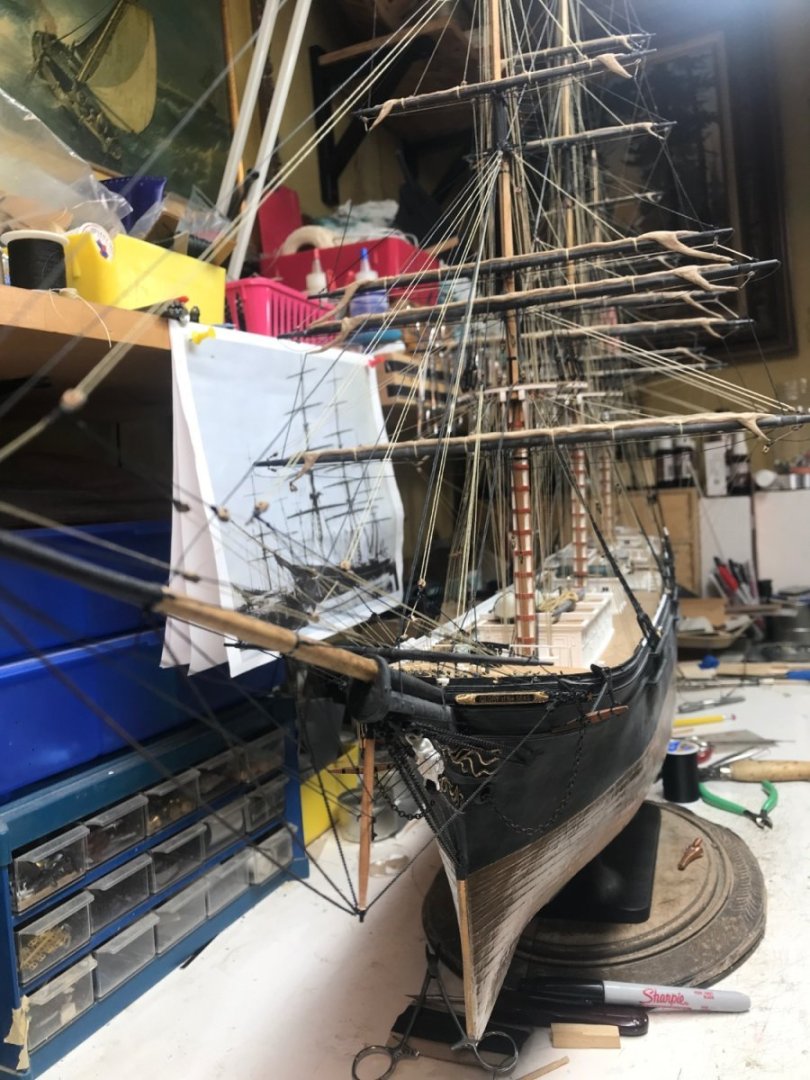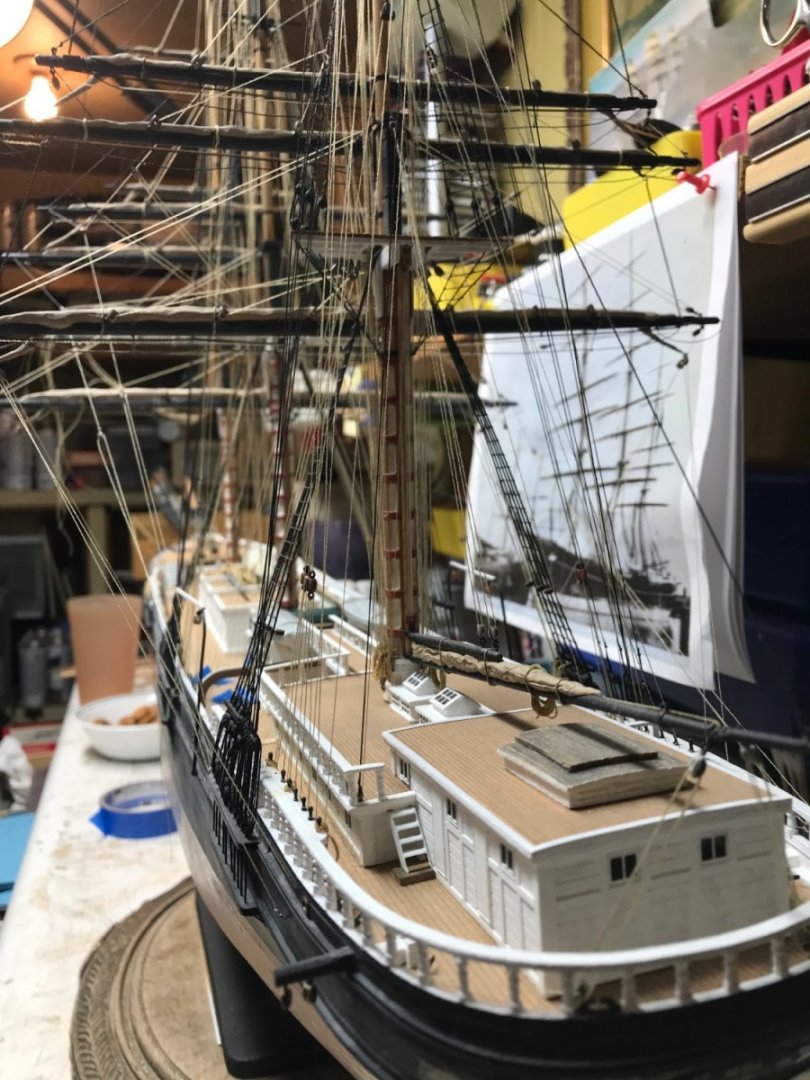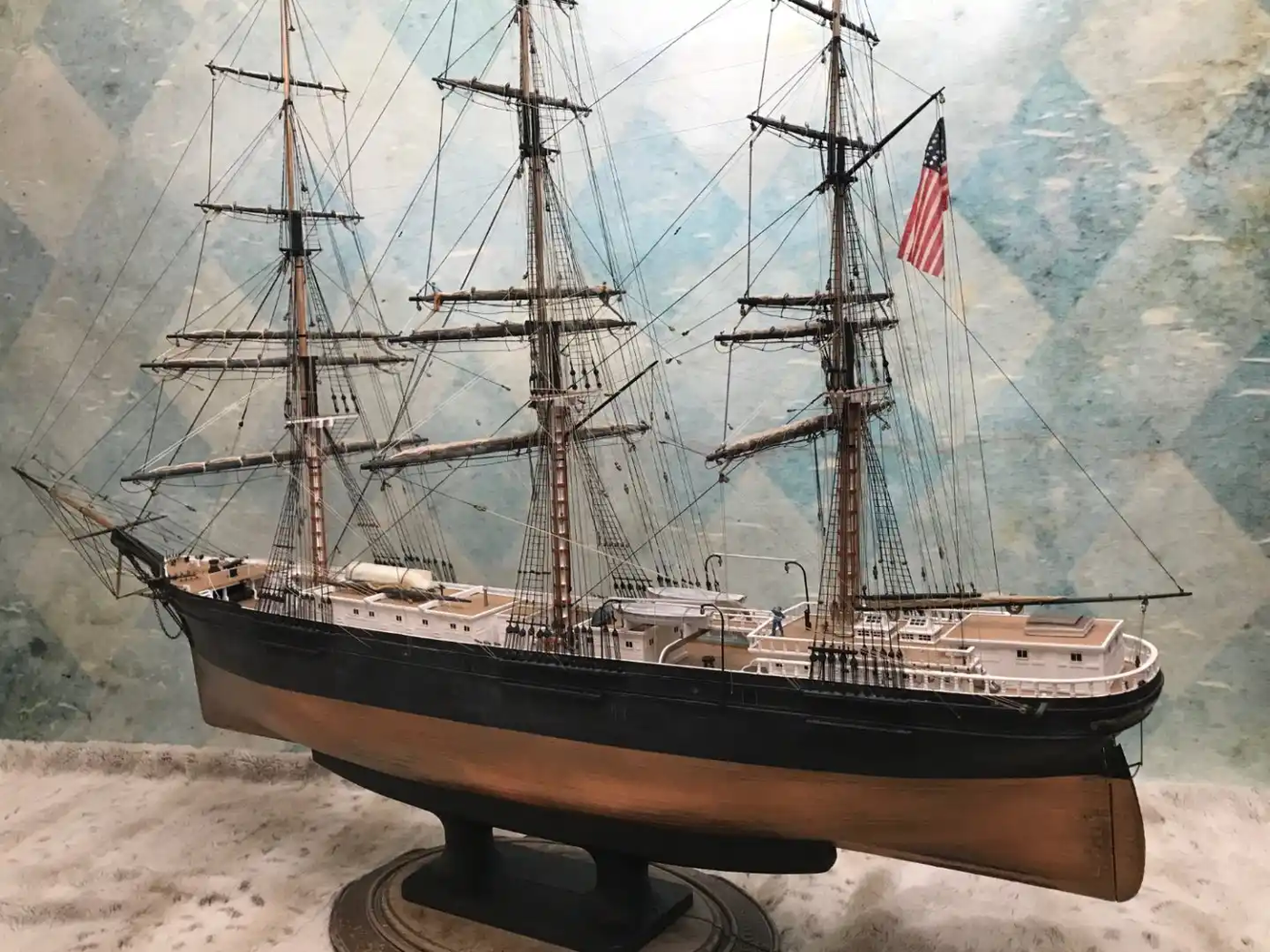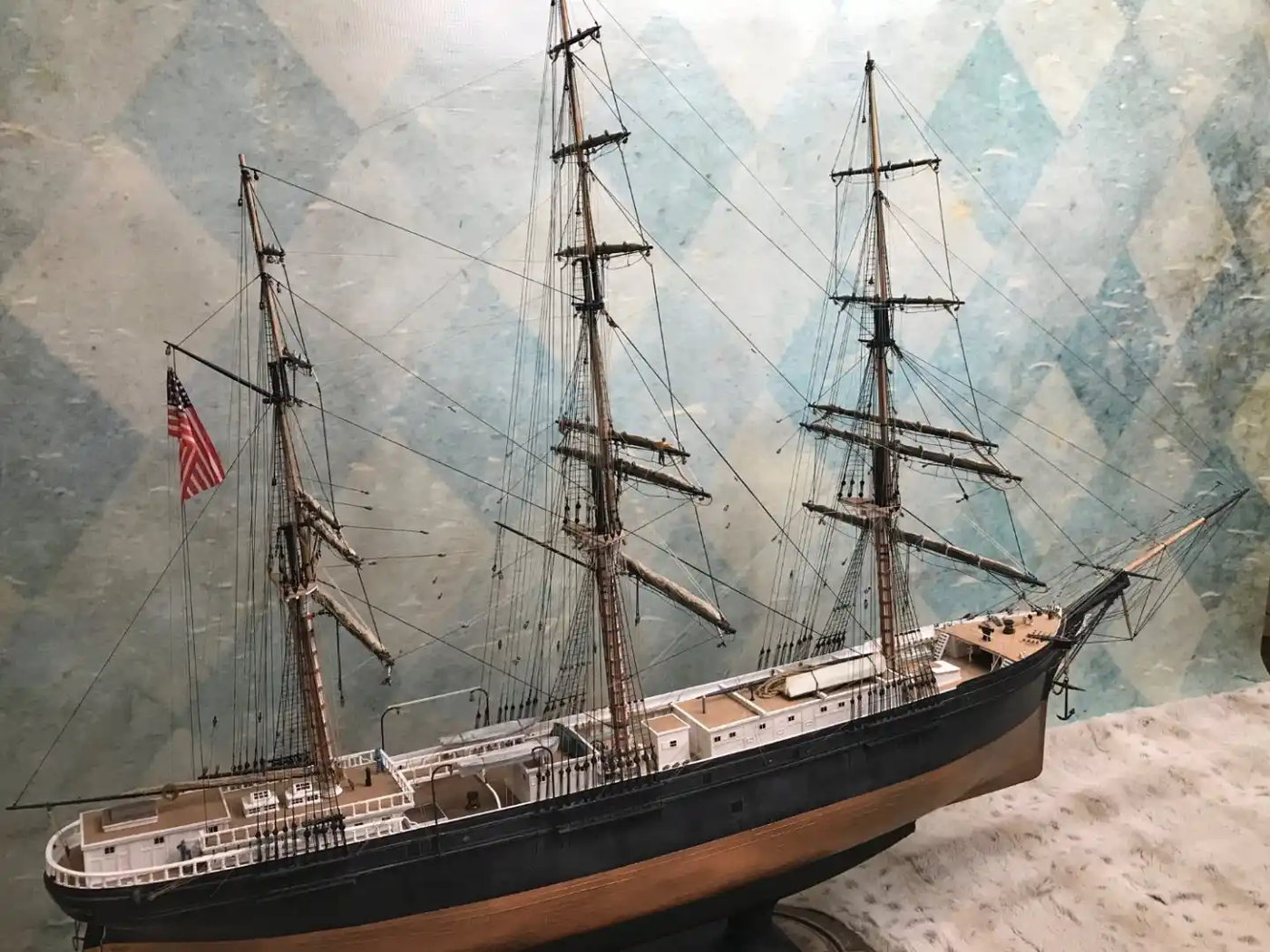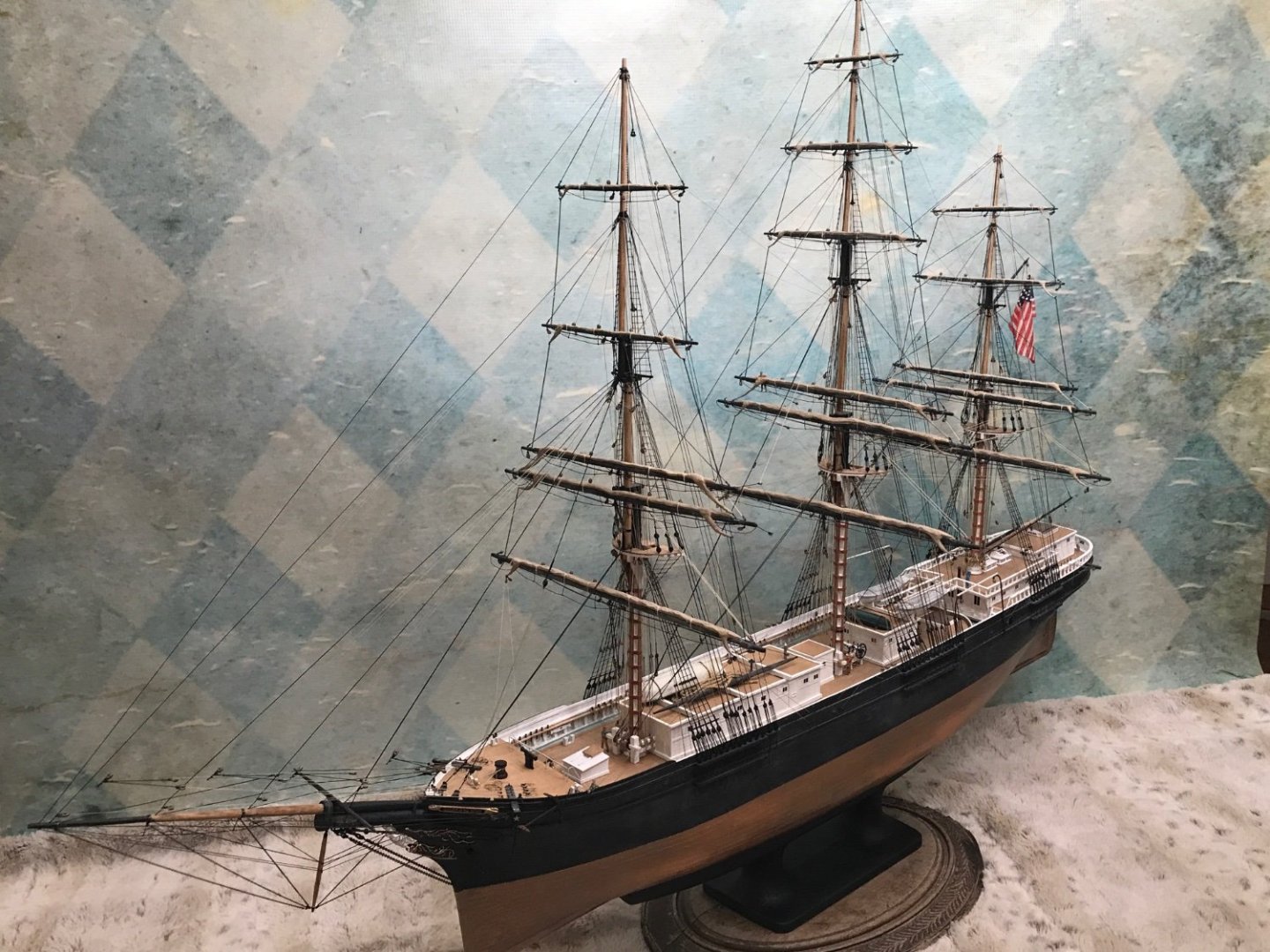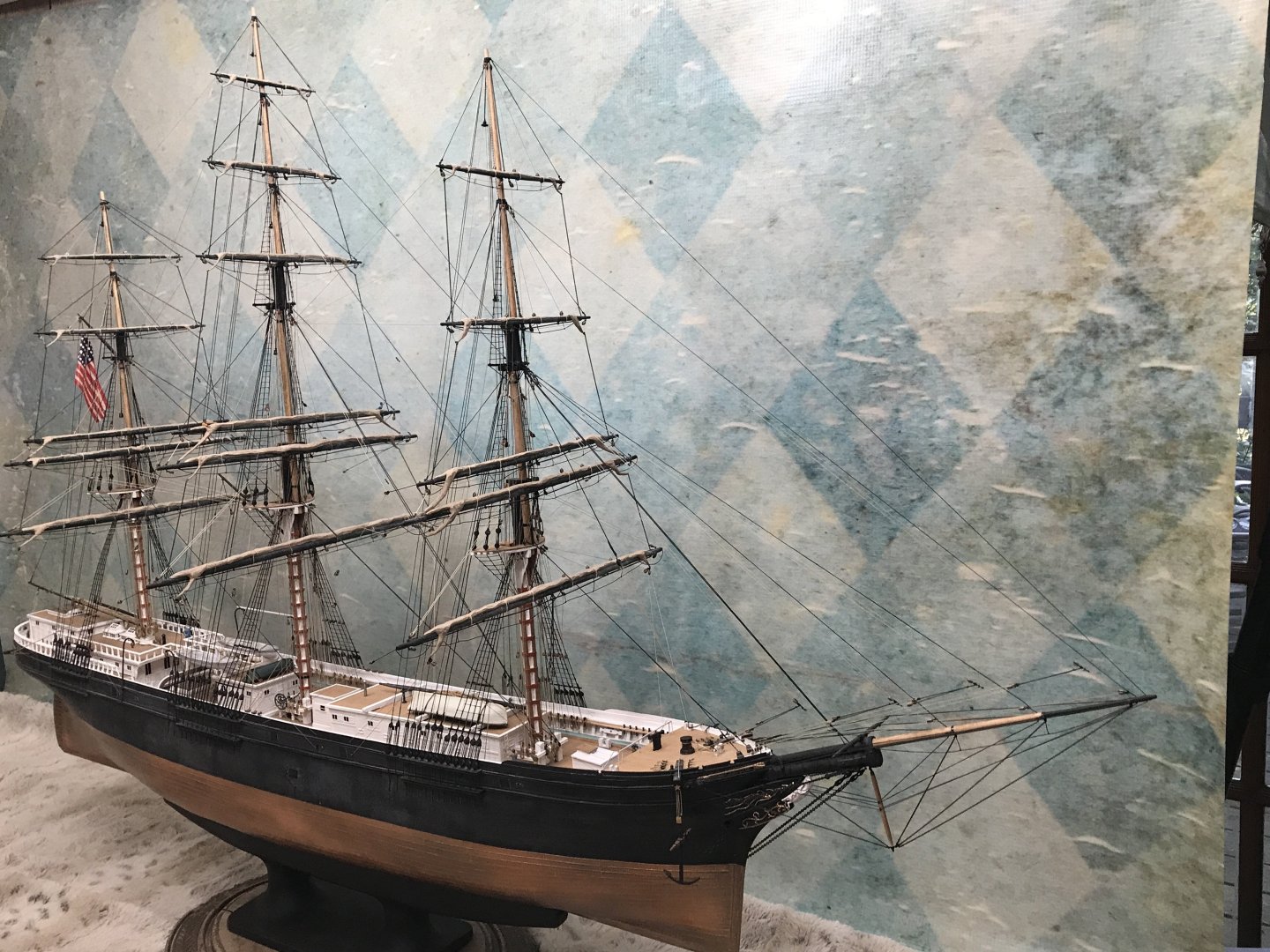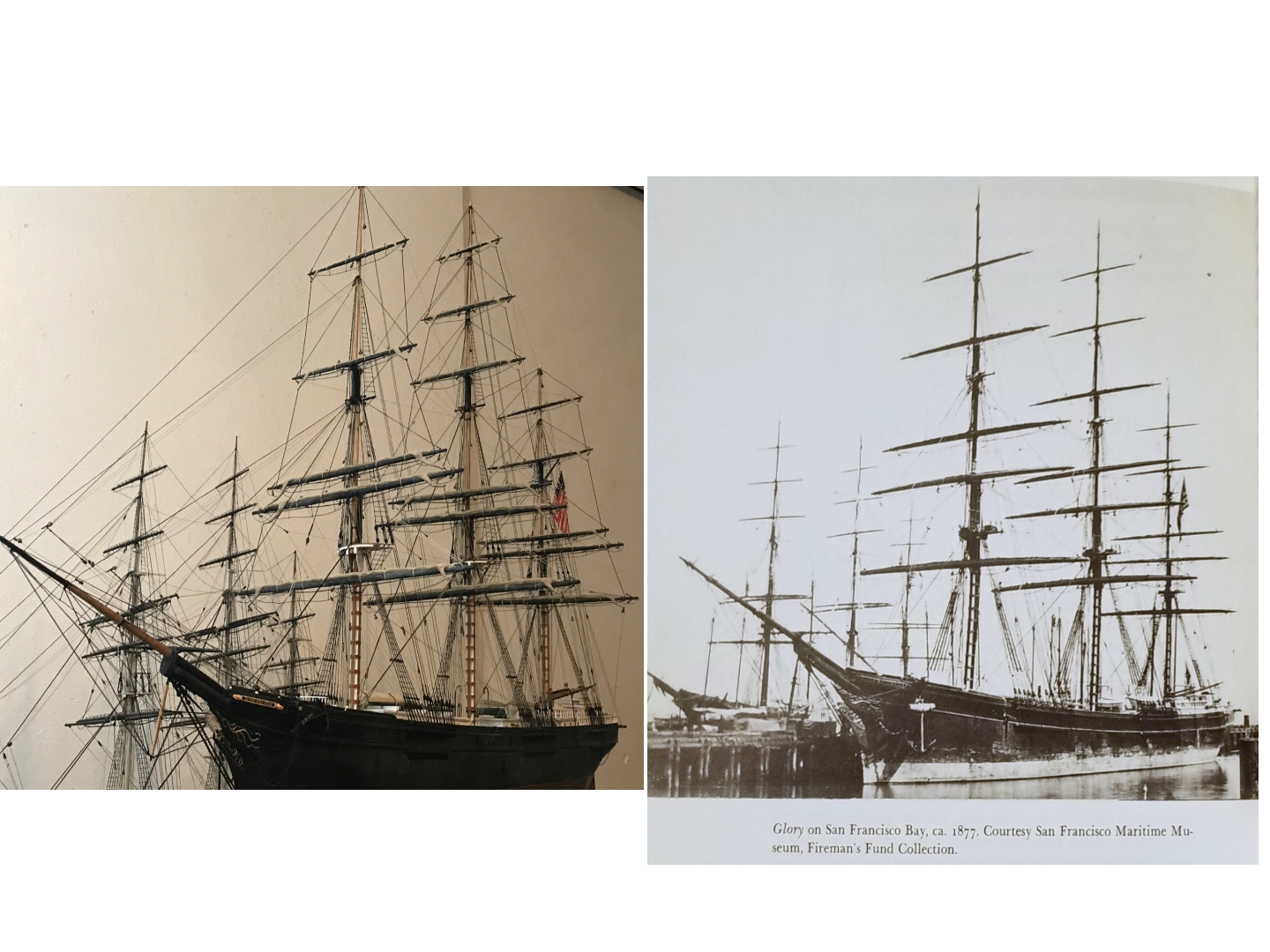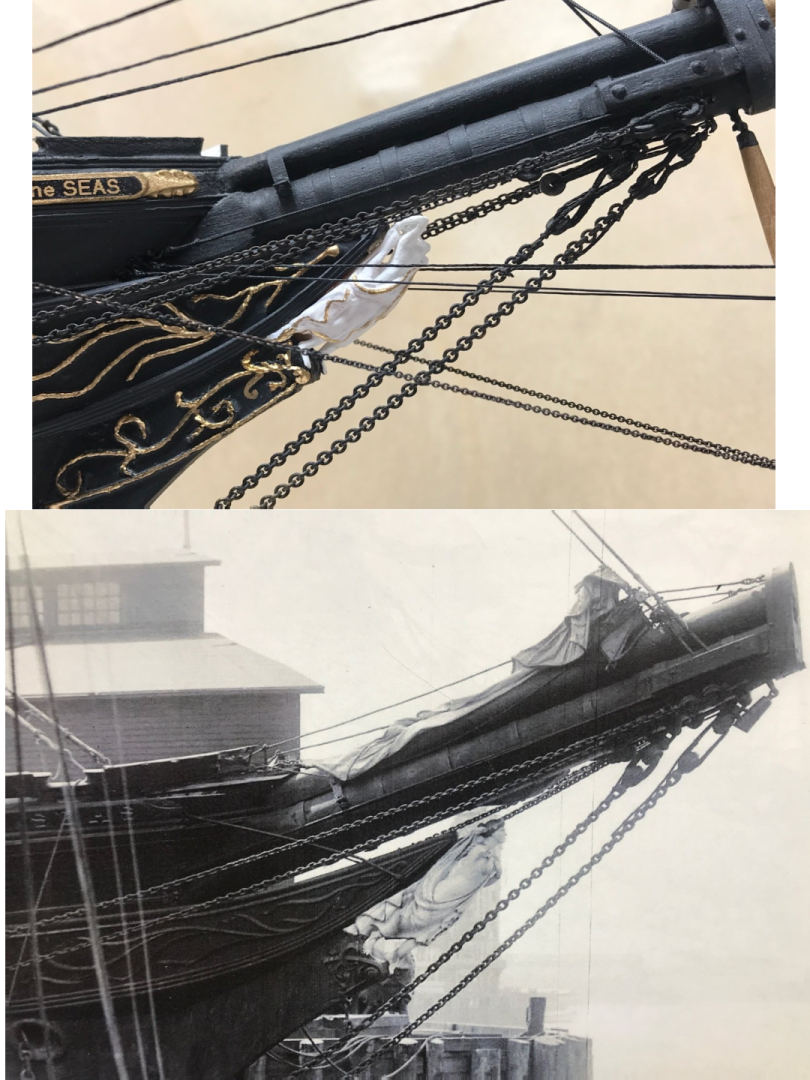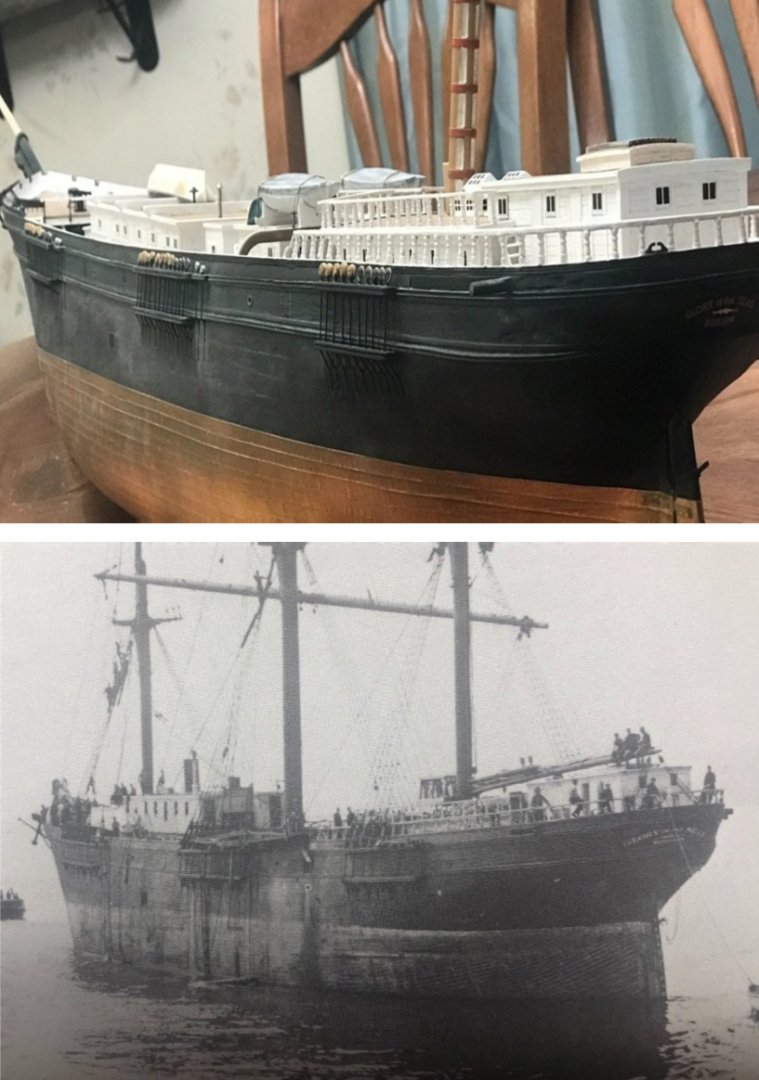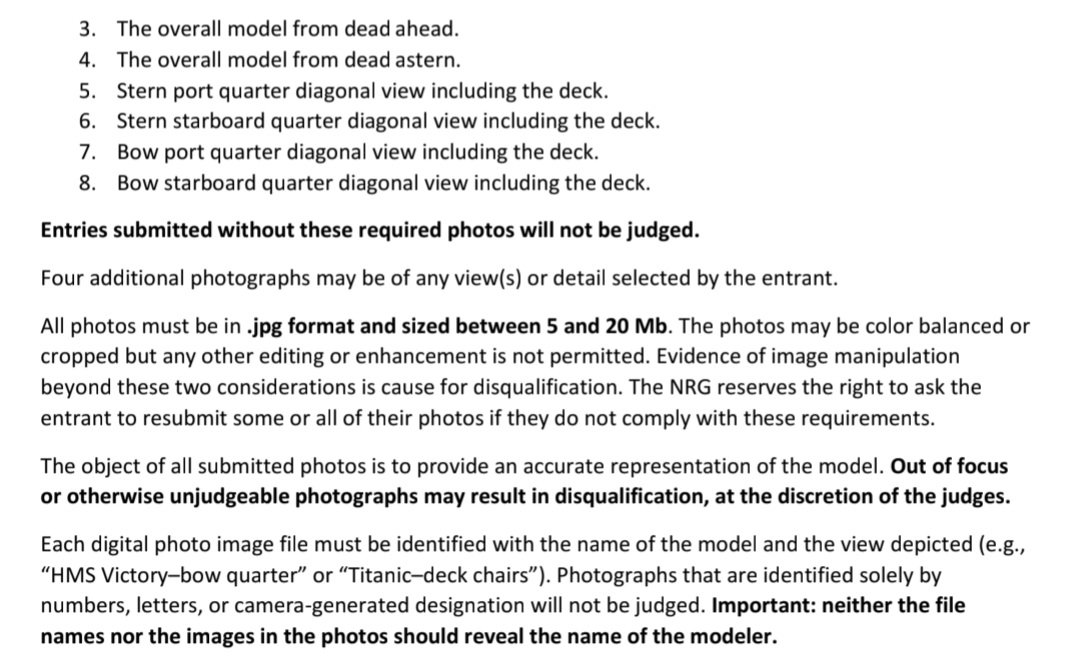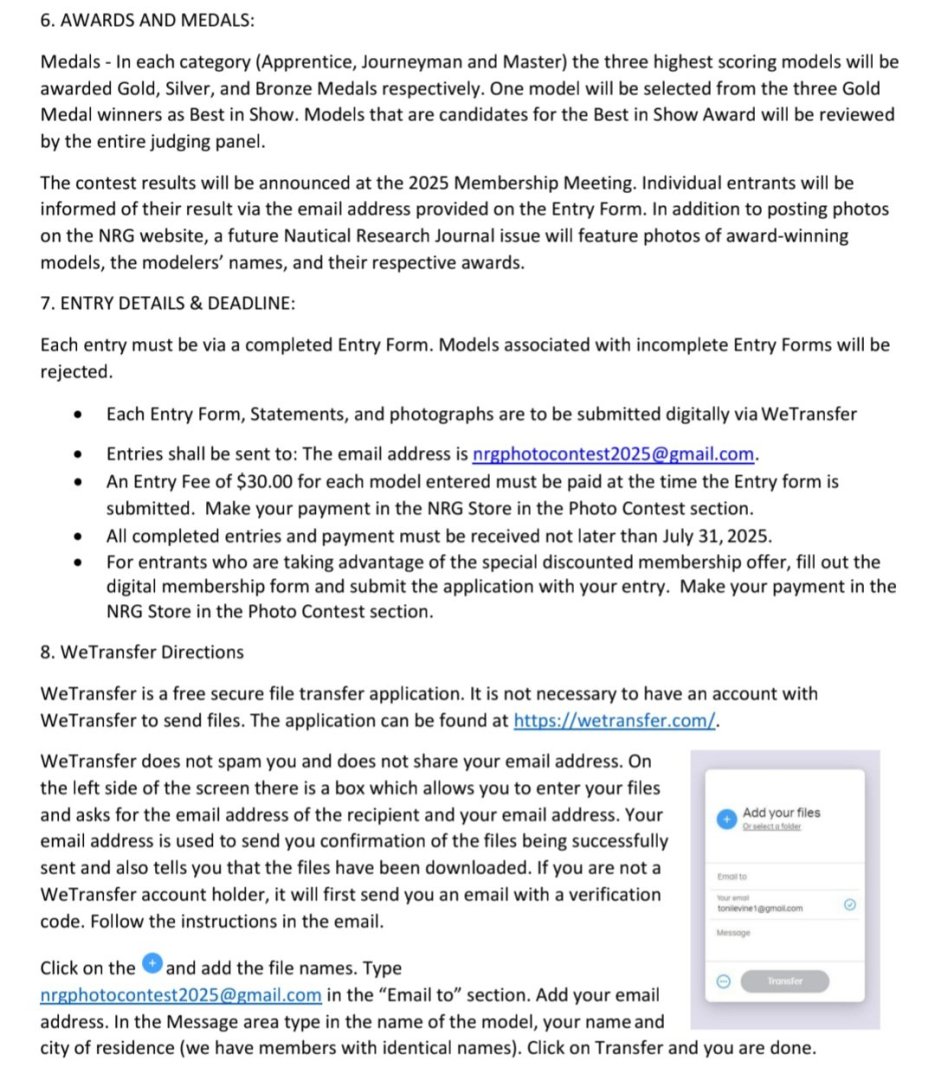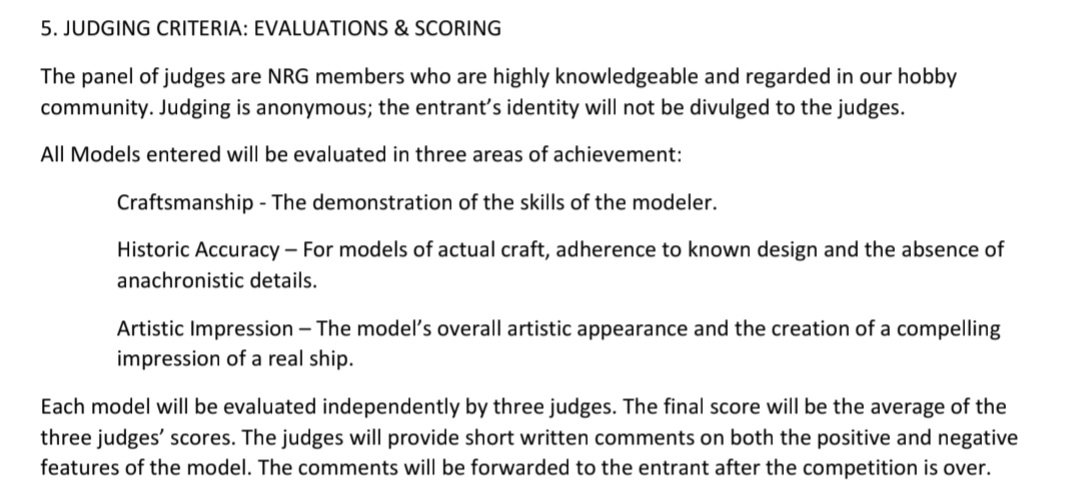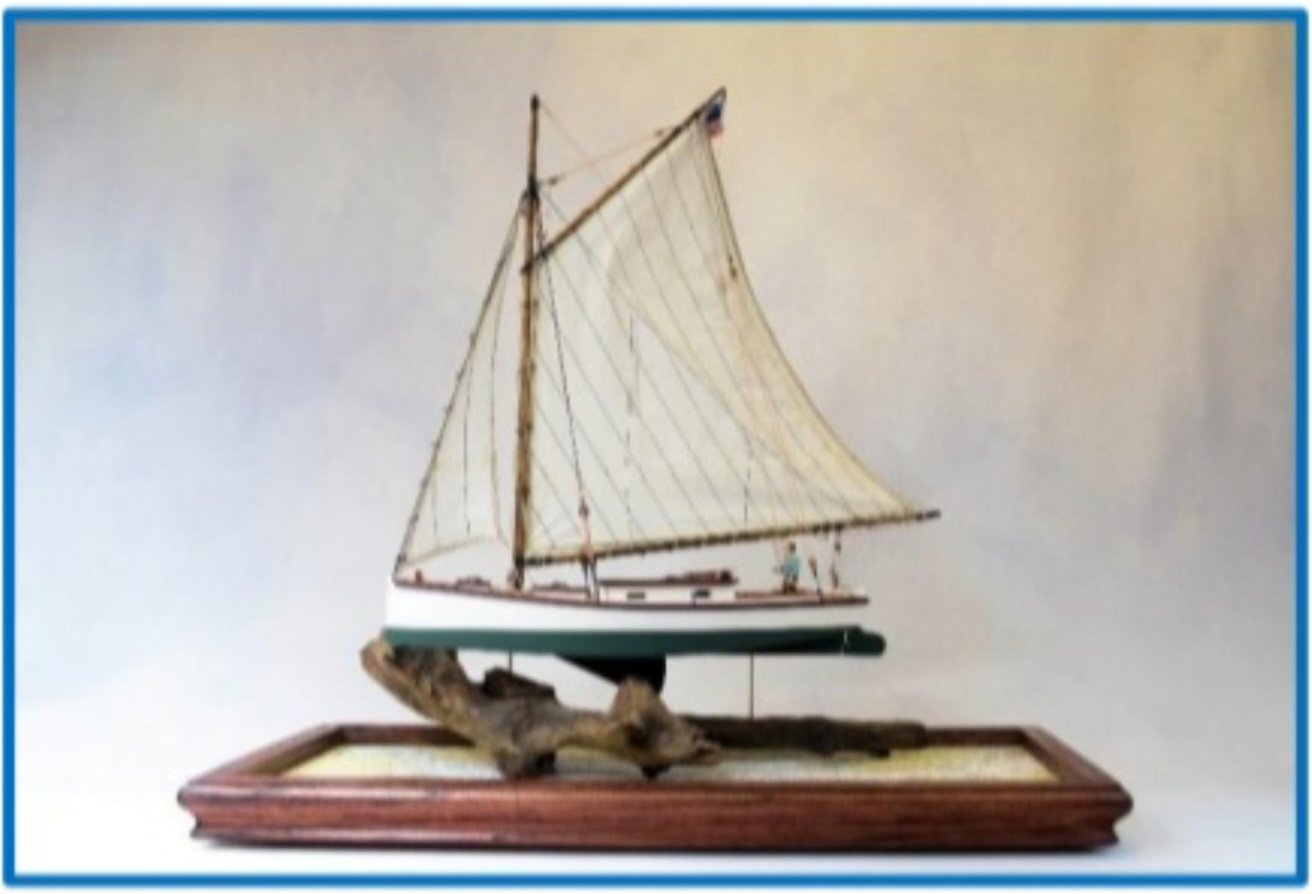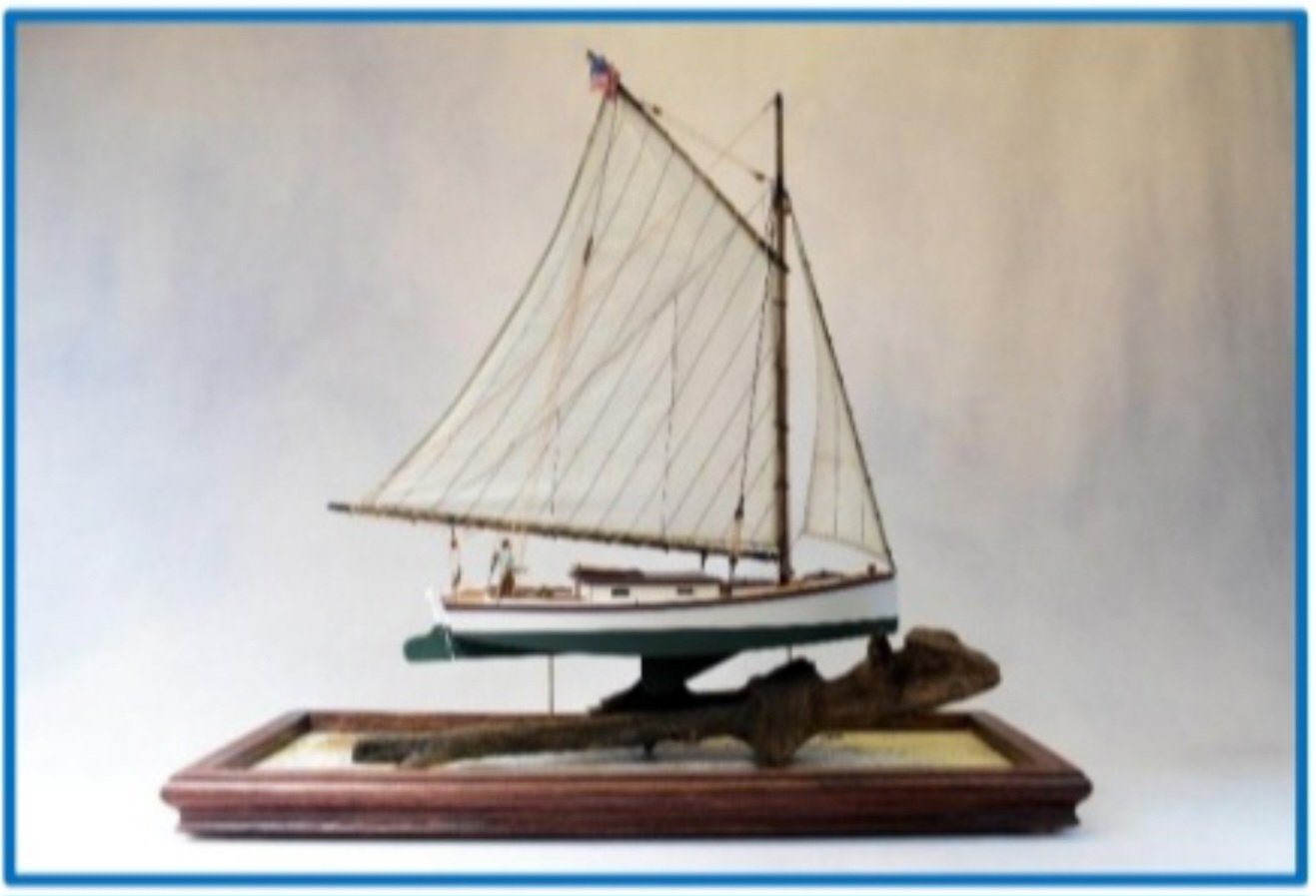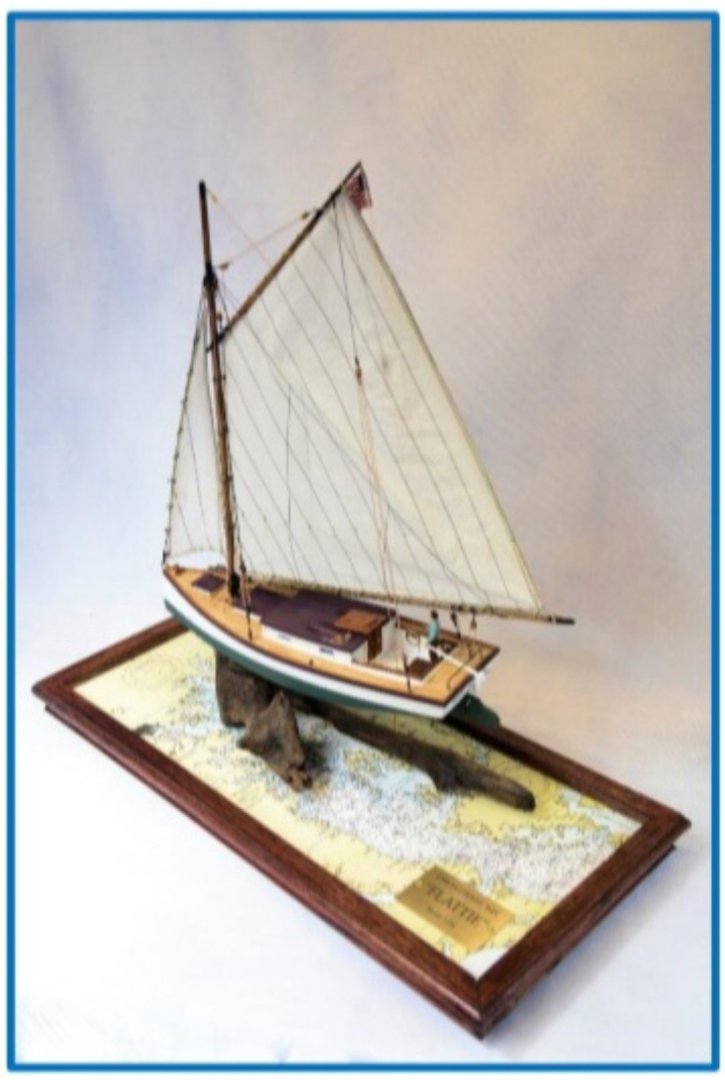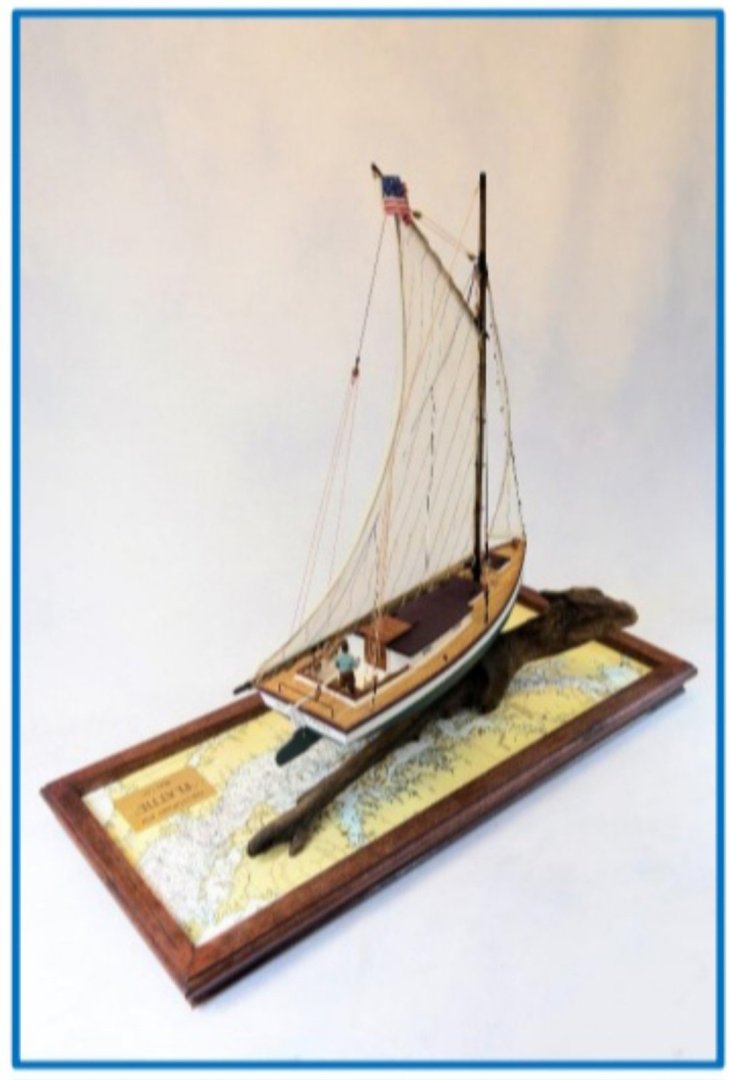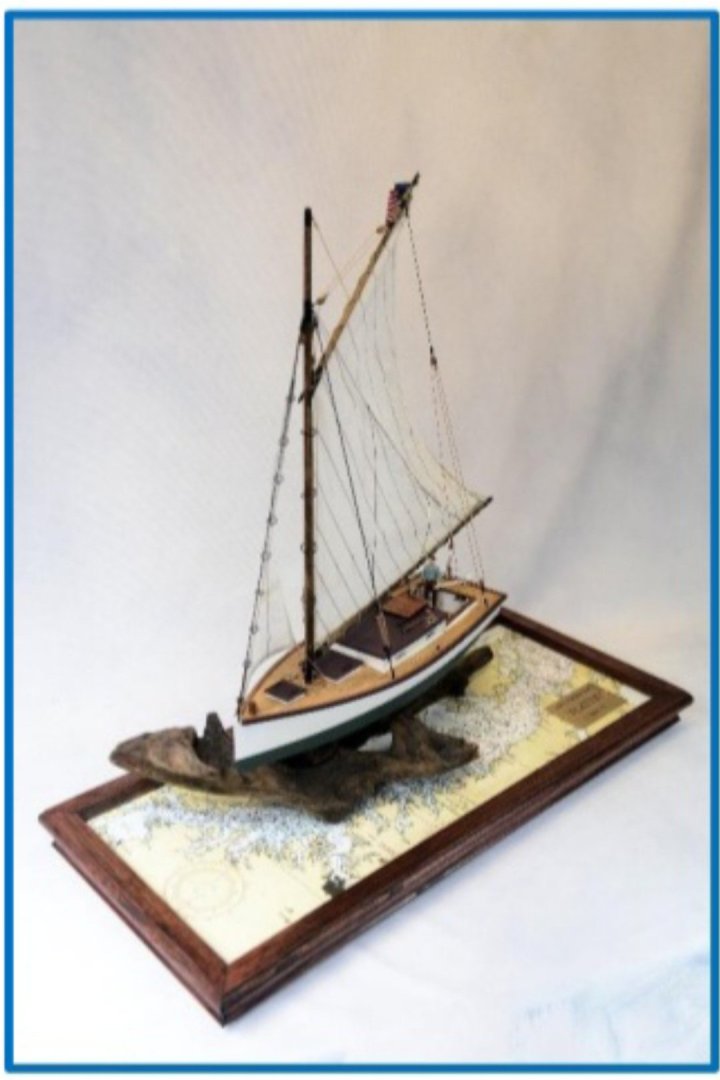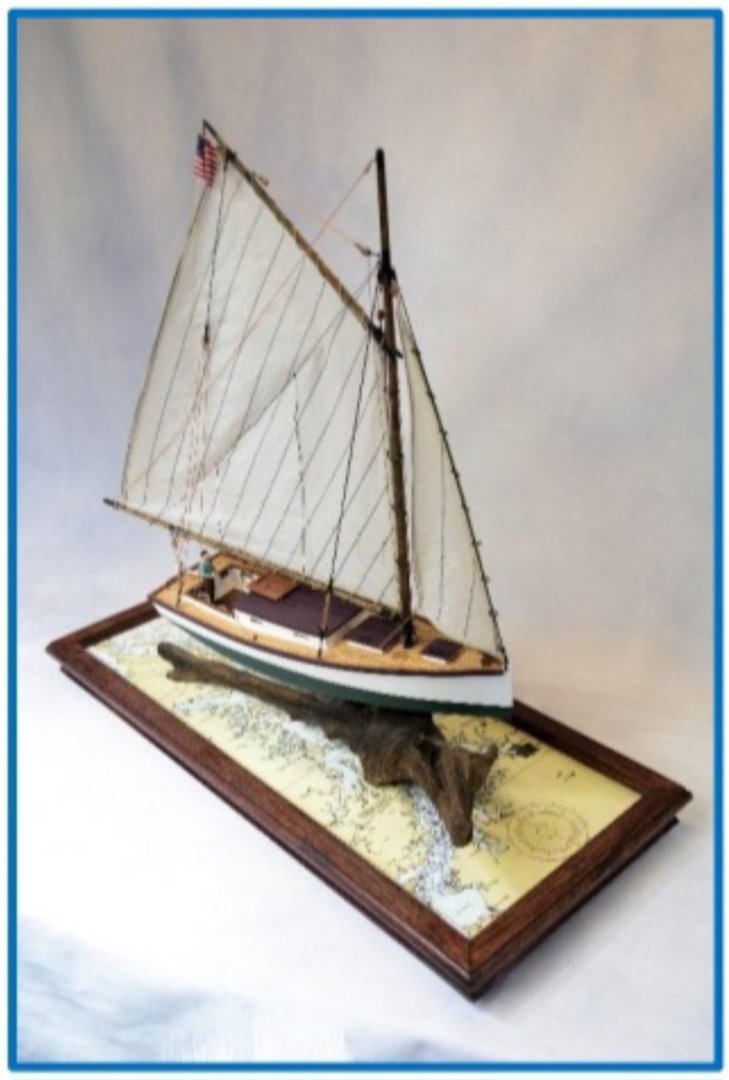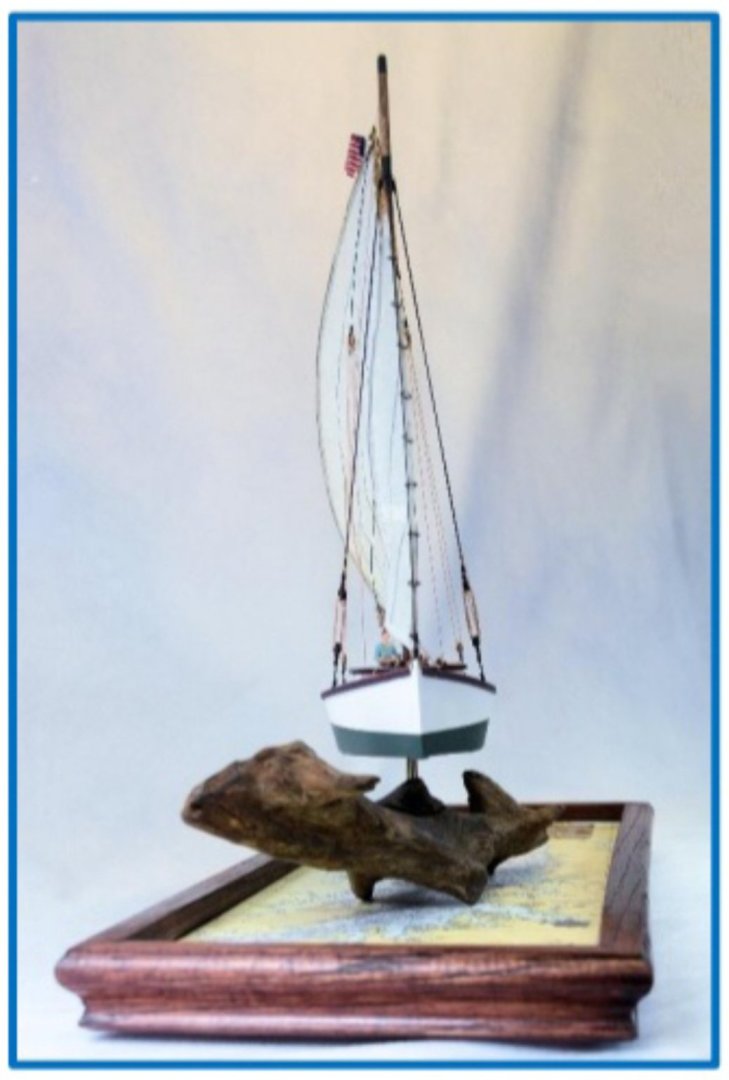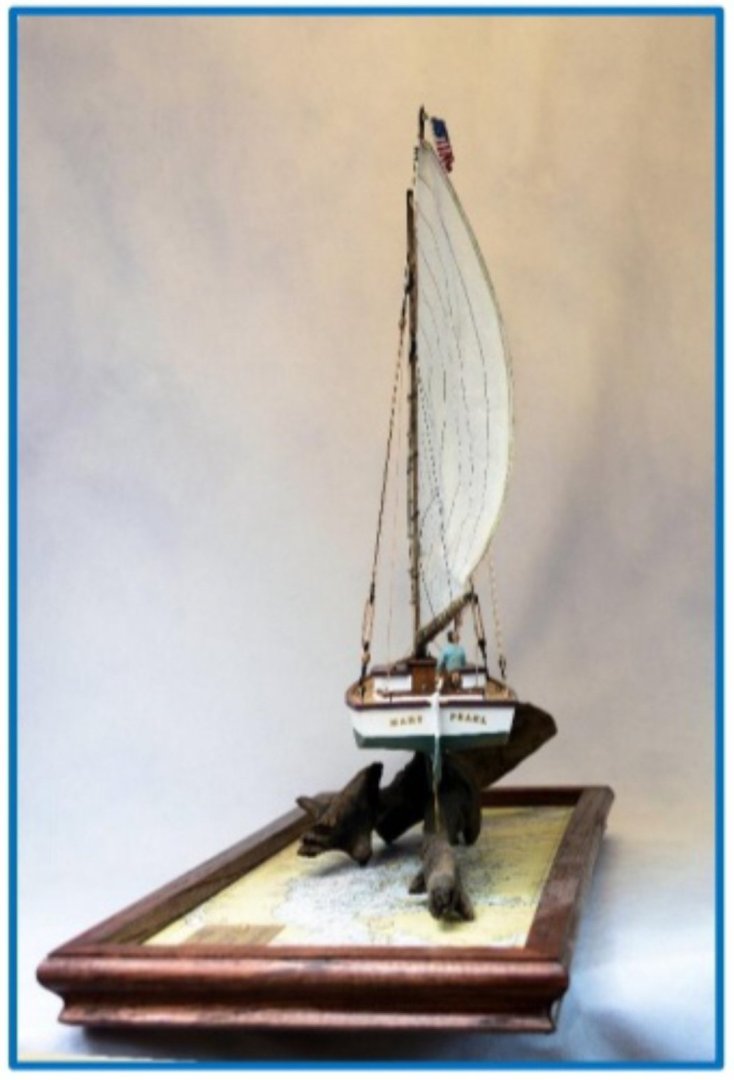-
Posts
2,168 -
Joined
-
Last visited
Content Type
Profiles
Forums
Gallery
Events
Everything posted by ClipperFan
-
@Kenchington Cornelius McKay, son of Donald wrote about the authenticity of his hand crafted 1:48th scale (4' 8 & 1/2") Stag Hound model in his letter to Captain Arthur H Clark when he turned this beauty over to him. His instructions were to add 4" bottom and 5" wales planking. He included that the keel should also be added. It was built in two sections and had a depth of 30" (not 39"). Cornelius also said this builders model was crafted from the vessel's molding lines as they were taken off the lofting floor. Besides this documentation, Hall in his exhaustive lists of specs for many if not all of McKay's clippers confirmed that Stag Hound had a lower keel of 30". These two documents are sufficient proof of her 30" lower keel.
-
Rob, I agree that there's no revising your Stag Hound build as far as she's gotten. That was not my intention at all. She's beautiful and impressive as she sits. This exercise is more for @Luis Felipe and any other person who wants to model her in the future. In addition, using Hall diagrams and other historic sources, I'm amassing a plan library of McKay vesselss including twin packets Star of Empire and Chariot of Fame, clippers Flying Cloud, Flying Fish, Sovereign of the Seas, James Baines, Lightning & Donald McKay.
-
Rob, to quote a term from my favorite SciFi media... you're proceeding at "warp speed." Beautiful progress. When both hulls are compared, it's clear why 1869 Glory of the Seas is referred to as a medium clipper while 1850 Stag Hound has always been called an extreme clipper. Stag Hound has such a lovely yacht like profile, yet Donald McKay never launched another extreme vessel with such a radically designed 40" half hull. In fact, beginning with Flying Cloud second extreme clipper of his California Fleet, he gradually flattened his floors until he finally arrived at the 8" half floor on Glory of the Seas.
-
@rwiederrich @Vladimir_Wairoa did terrific yeoman's work creating a Stag Hound bulkhead kit in the similar fashion he did so excellently for our completed Glory of the Seas project. Still, based on recent comparisons of Rob's model to statistical dimensions it appears like her deck profile is just a bit slim. So, I'm reapproaching this subject by reexamining plans we have available. The Hall fore and aft body and deck profile is easy to interpret as it's simply matching two halves. By flipping images it was easy to do. However, the Chappelle scan has proven to be a lot more problematic. Since it's taken from a two page book it is skewed in more than one way. Longitudinal lines have a slight "v" to them due to the curvature of the book. Vertical lines are also slightly raked at an angle as are the transverse lines in the hull and deck. These distortions could be the basis for an incorrect deck profile. Using a cell phone app, I've realigned all parallel lines to be true and almost all vertical lines as well, as accurately as possible. Now it remains to combine both fore and aft halves into a whole and create one full plan. At 1:96th scale a 266' long ship is 28 & 1/4th" between perpendiculars, knightheads (vertical line just behind prow) and stern taffrail. Her 40' beam at 1:96th scale is 5". Working with a revised set of prints properly aligned, I plan to create plans the ye olde fashioned way with precise measurements and referring closely to the Cornelius McKay model for her accurate sheer profile. I'm sharing my work here so if anyone wants to pursue this too, they're welcome to do so.
-
@rwiederrich Rob, A Father’s Day gift of a sort for you. From Monthtly Nautical Magazine Quarterly Review, April 1855 there's an article on the 5 year old McKay California Fleet clipper Stag-Hound. While she had the fastest times among other clippers for the seasons she sailed in. I found a confirming spec that her masts raked 1 & 1/4" each instead of the erroneous 1 & 1/2" printed in the Boston Daily Atlas. There are 2 errata in this article: it's inconceivable that her keel clear of the garboards was 39" as that would leave an impossibly thin 7" for her inner keel. The specs in the Hall lists her outer keel as 30" leaving a more sensible 16" inner keel. In Cornelius McKay's handwritten specs lists her bowsprit steeve as 4.2" (19.34° inclination) not the more aggressive 4 & 1/2" (20.56° inclination) of this article. As we've discussed, using multiple historic sources results in greater accuracy.
-
Rob, there's just something so beautiful about a black hull with muntz metal below. It's amazing how closely your Stag Hound resembles the Cornelius McKay model crafted nearly 175 years ago. It's a tribute to your modeling skills, Vlad's cgi work and my serendipity in getting many more images of the McKay hull.
-
@Jared When you finish your model, before mounting her in a case, consider taking these 8 particularly specific shots of your completed Flying Fish. Use a plain background with plenty of light so judges can see all details clearly. That way, when there's another NRG Photographic Model Competition you'll have your photo series ready to submit, should you wish to participate.
- 431 replies
-
- Flying Fish
- Model Shipways
-
(and 2 more)
Tagged with:
-
@druxey the problem as I understand it is that both of these fine models are now installed in cases. It apparently would require tearing down glass cases to move these two large models to be re photographed. Rob said there's not enough time to get that done. So do we use existing images or just forgo the contest? I feel the uniqueness and strength of both models are worth a try.
-
@rwiederrich since cropping is allowed, I took off some white space on your first optional Glory of the Seas comparison photo (which I personally consider one of your best). Here are my 8 selections for your Great Republic in the same order as the ones selected for Glory of the Seas. You can explain in a short note for each submission that since both models are permanently mounted that these are the best angles you havea available. I have 1 suggestion for an optional but haven't yet been able to select 3 other optional photos for this second model.
-
Rob, I'll gladly do all preliminary submission work for you and then send it to you so all you have to do is pay online and submit application forms. I strongly feel like the strength of your beautiful model will overcome any inexactitudes of precise positions. I also feel this is bigger than just your model. This is a cumulation of over a decade of joint research, involving Michael Mjelde, his daughter Arina and an ultimate realization of intensive research begun 60 years ago by author Michael Mjelde. It's a way to finally display a real Donald McKay clipper in her true glory. Something you know we're both passionate about. In this case I firmly believe you shouldn't let the perfect be the enemy of the good ... 8 model photo positions (1) port midships abeam (2) starboard midships abeam (3) overall model from dead ahead (4) overall model dead astern (5) stern port quarter diagonal with deck (6) stern starboard qtr diagonal w deck (7) bow port quarter diagonal with deck (8) bow starboard qtr diagonal w deck 4 optional model photos (1) model with historic photo (2) starboard bow model with actual ship (3) port stern model with actual ship (4) Ariana, Michael and Rob with model Later on, I will share the same selections for your Great Republic
-
@rwiederrich @Luis Felipe @Vladimir_Wairoa to avoid any further confusion, I've attached pretty much all of the rules verbatim from the NRG website. As you can see, no one is expected to write any lengthy description of their work. The description CANNOT exceed 500 WORDS. A single line is acceptable, if that's all a person wants to write. In addition, all photos are submitted anonymously with no personal identification whatsoever. Essentially for 30 bucks per model, anyone can have their work evaluated by a 3 judge panel and afterwards be given personal critique.
-
Rob, Samples provided are clearly staged photos of a finished model with no shop background. That's probably optimal. There is no mention of background requirements. However, I looked at all prior winning Apprentice Journeyman and Master gold, silver and bronze contest entries from 2011, 2013, 2015 and 2021. All were taken against clear backgrounds. I did my best to locate 8 scenes closest to samples even if that included shop images. For your Great Republic my feeling is if it comes to submitting shop scenes or nothing (since you said you can't take any more pictures of her) I'm in favor of sending in what you have. Than you can explain in up to 500 words why you couldn't submit staged pictures like the samples indicate. Of course, if you could somehow access both finished models and take new pictures to exactly match 8 samples, that would be best for your chances.
-
@rwiederrich @Luis Felipe @Vladimir_Wairoa NRG Photographic Model Ship Competition, 8 required picture samples enlarged. A few observations of samples: good lighting to capture all details, plain background not to distract from model and entire model is centered in each picture. Submission deadline is July 31, 2025. All details are available in the green banner at the top of each MSW page. (1) amidship deck level port broadside (2) amidship deck level starboard broadside (3) above stern port quarter (4) above stern starboard quarter (5) above bow port quarter (6) above bow starboard quarter (7) dead ahead bow (8) dead ahead stern In addition each submission can include 4 optional photos of a modeler's choice. Let me know if there's anything I can help you guys with. Rob with 50 years' experience is a Master, Luis depending on how many other models built could be Journeyman to Master and Vlad with two finished clipper ships would most likely be Apprentice. It means you could each possibly win in your category.
About us
Modelshipworld - Advancing Ship Modeling through Research
SSL Secured
Your security is important for us so this Website is SSL-Secured
NRG Mailing Address
Nautical Research Guild
237 South Lincoln Street
Westmont IL, 60559-1917
Model Ship World ® and the MSW logo are Registered Trademarks, and belong to the Nautical Research Guild (United States Patent and Trademark Office: No. 6,929,264 & No. 6,929,274, registered Dec. 20, 2022)
Helpful Links
About the NRG
If you enjoy building ship models that are historically accurate as well as beautiful, then The Nautical Research Guild (NRG) is just right for you.
The Guild is a non-profit educational organization whose mission is to “Advance Ship Modeling Through Research”. We provide support to our members in their efforts to raise the quality of their model ships.
The Nautical Research Guild has published our world-renowned quarterly magazine, The Nautical Research Journal, since 1955. The pages of the Journal are full of articles by accomplished ship modelers who show you how they create those exquisite details on their models, and by maritime historians who show you the correct details to build. The Journal is available in both print and digital editions. Go to the NRG web site (www.thenrg.org) to download a complimentary digital copy of the Journal. The NRG also publishes plan sets, books and compilations of back issues of the Journal and the former Ships in Scale and Model Ship Builder magazines.

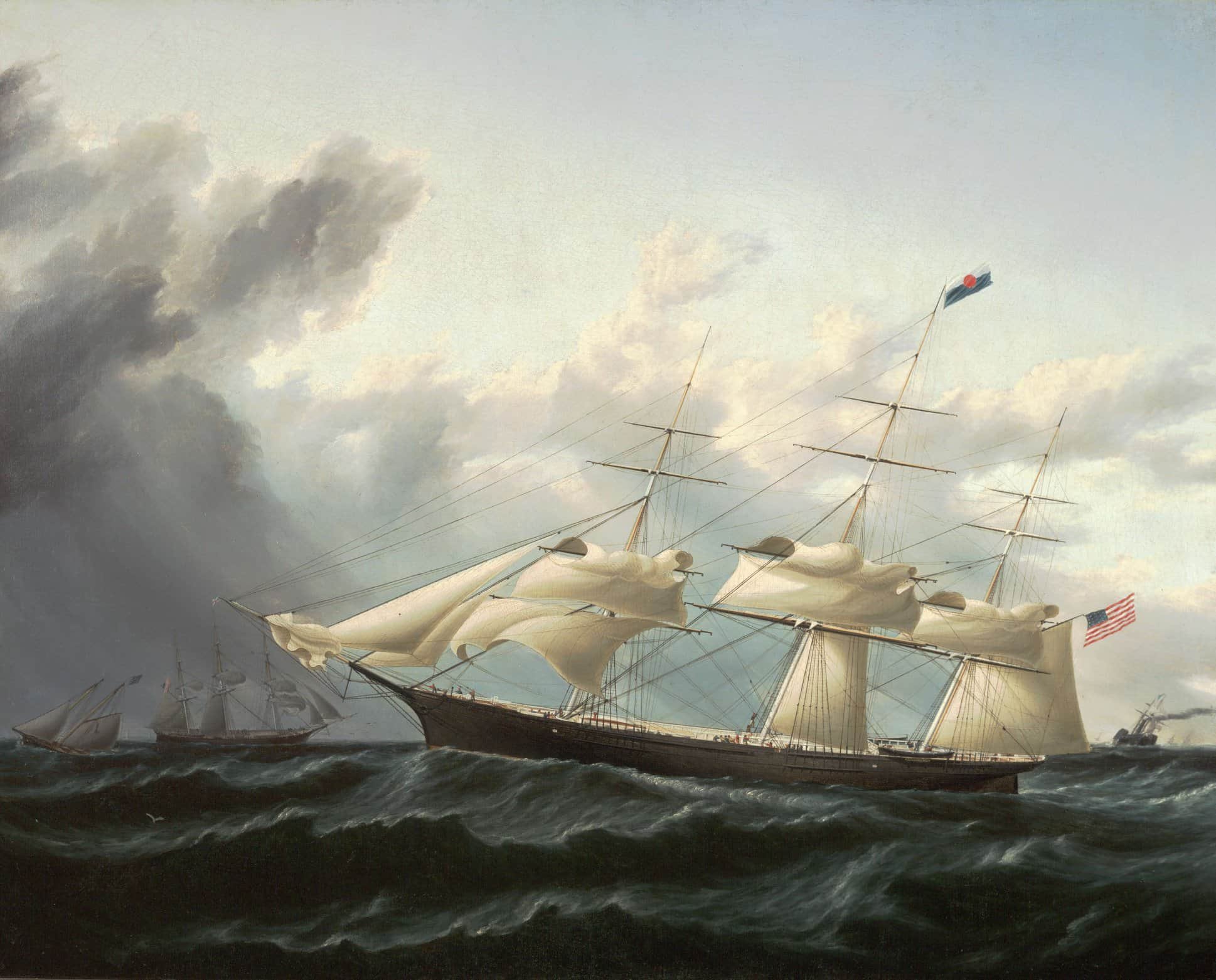


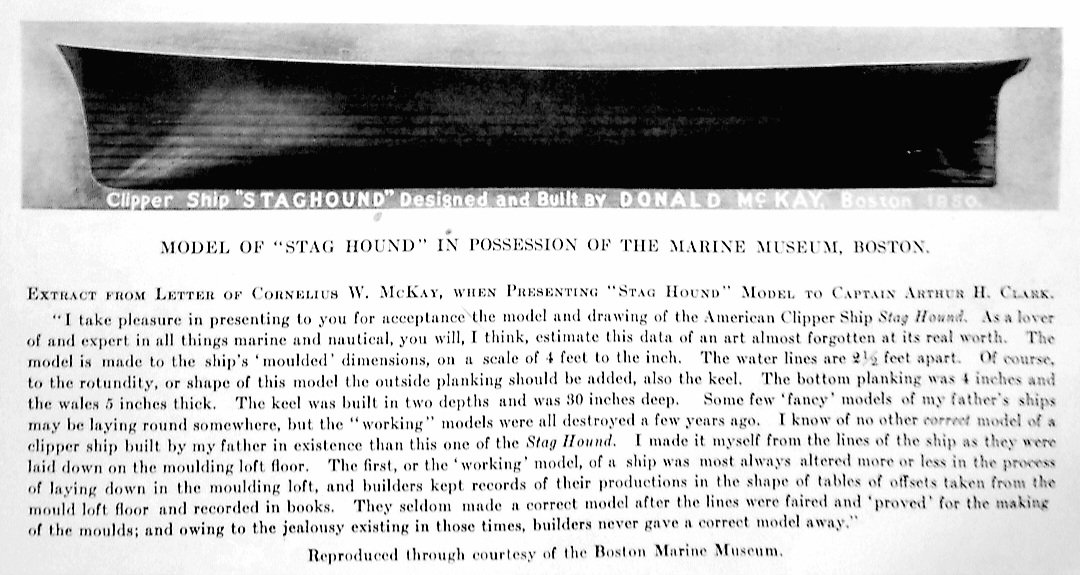
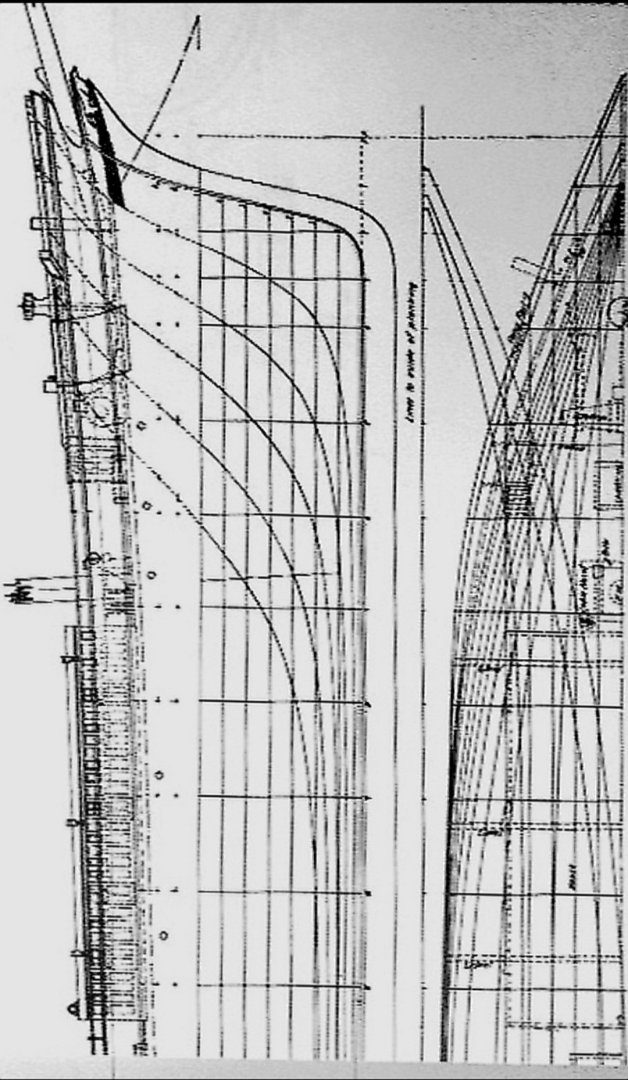

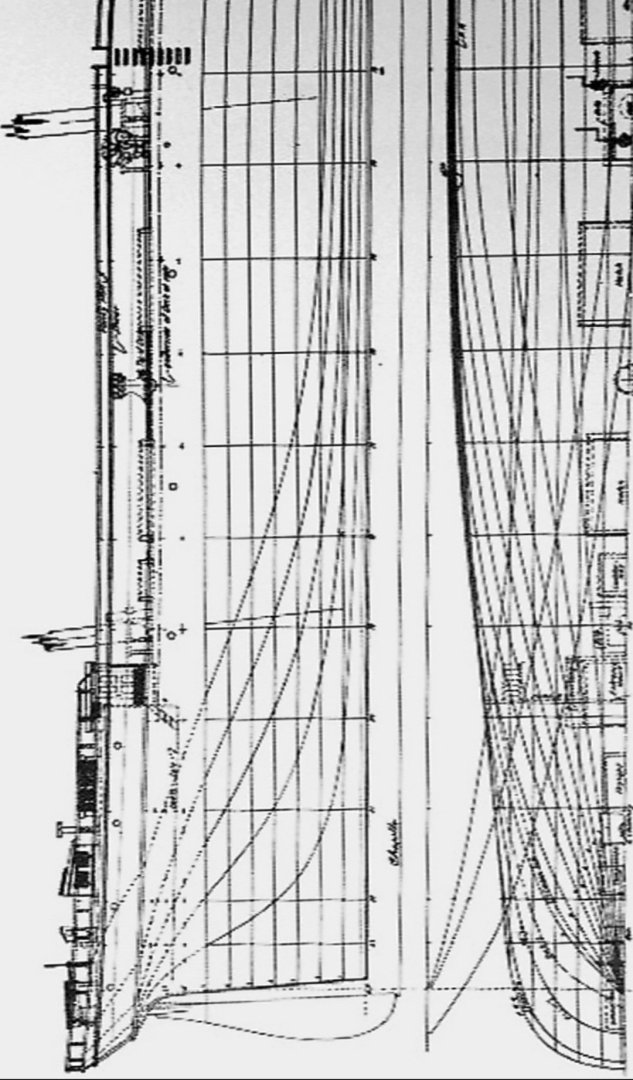
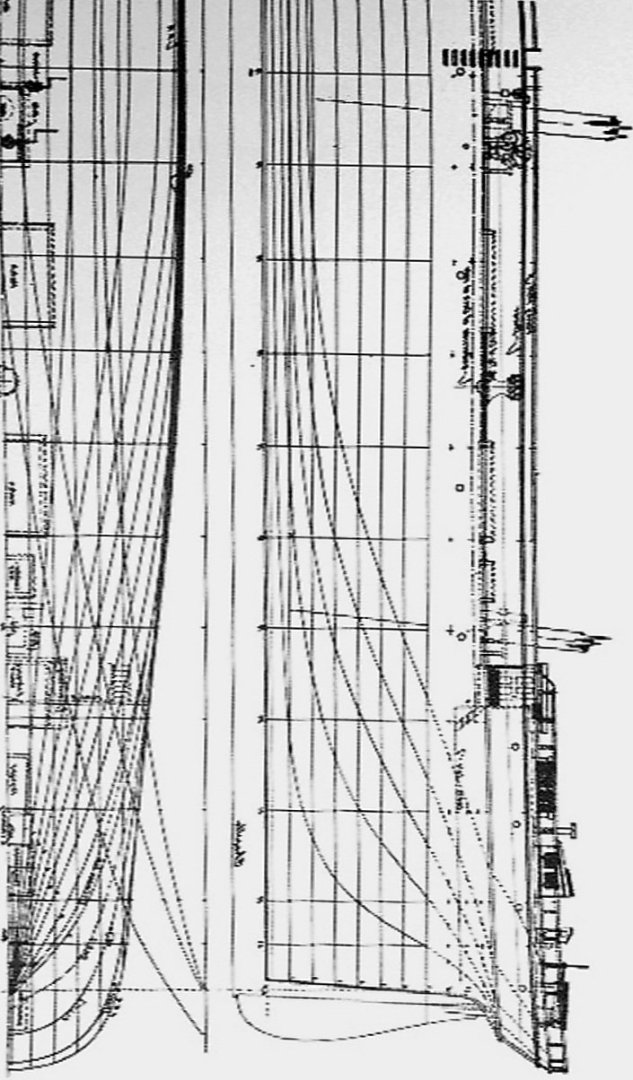

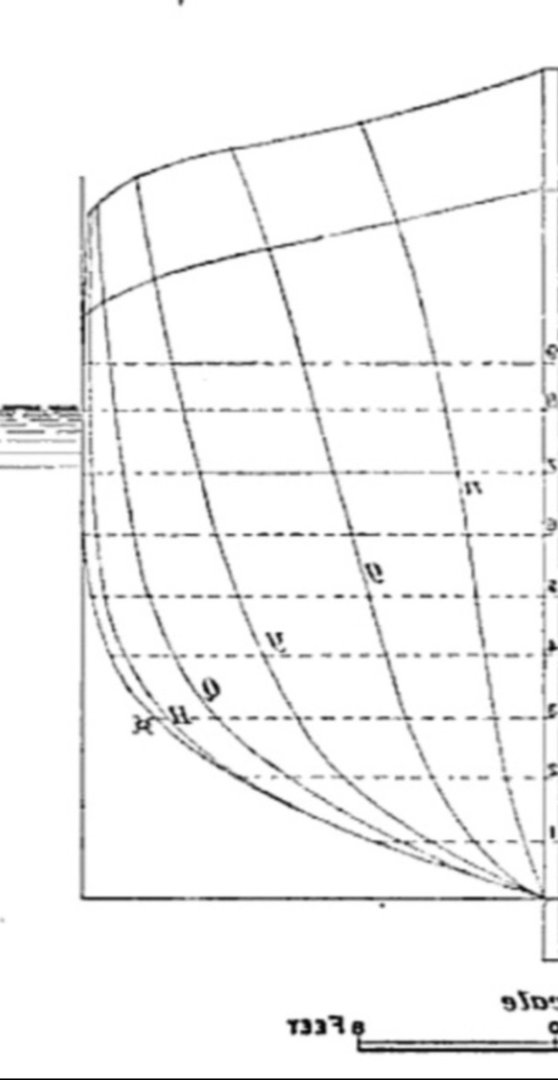
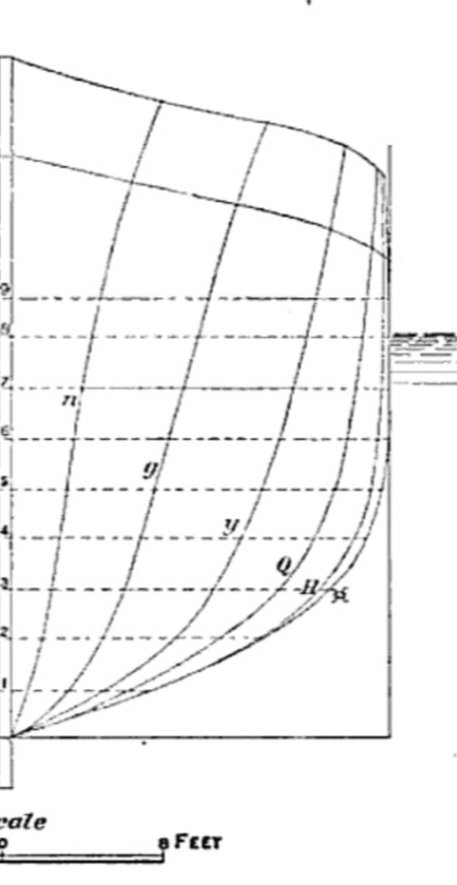
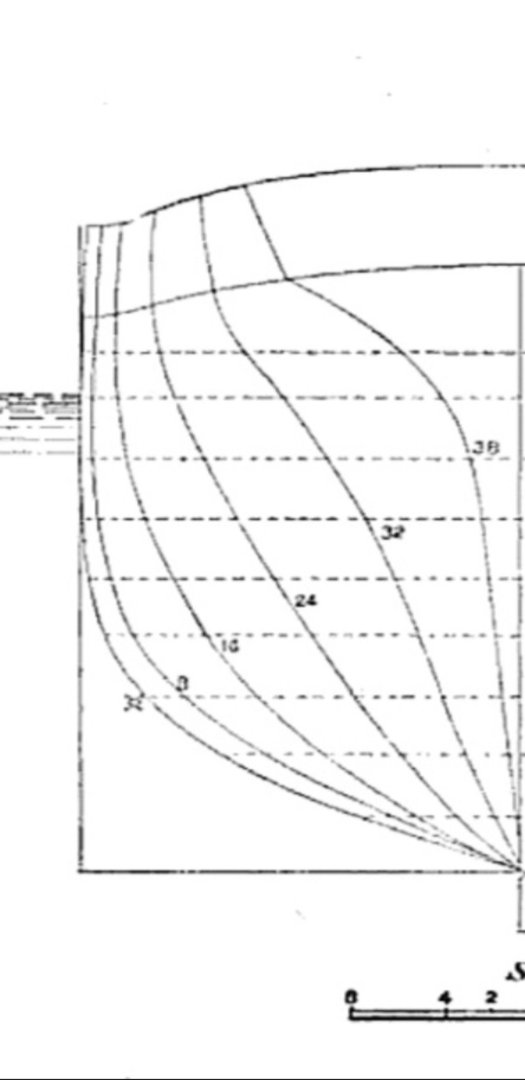
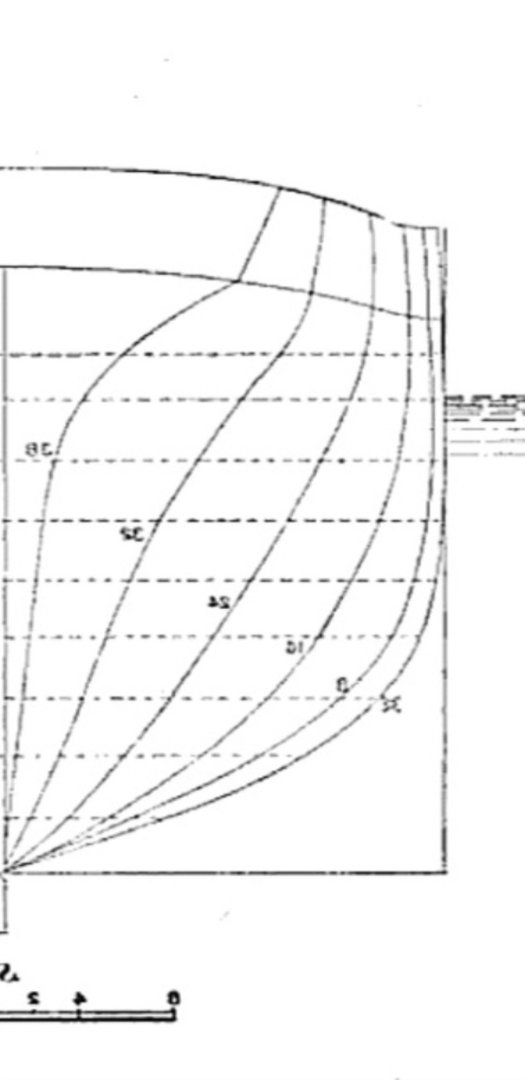
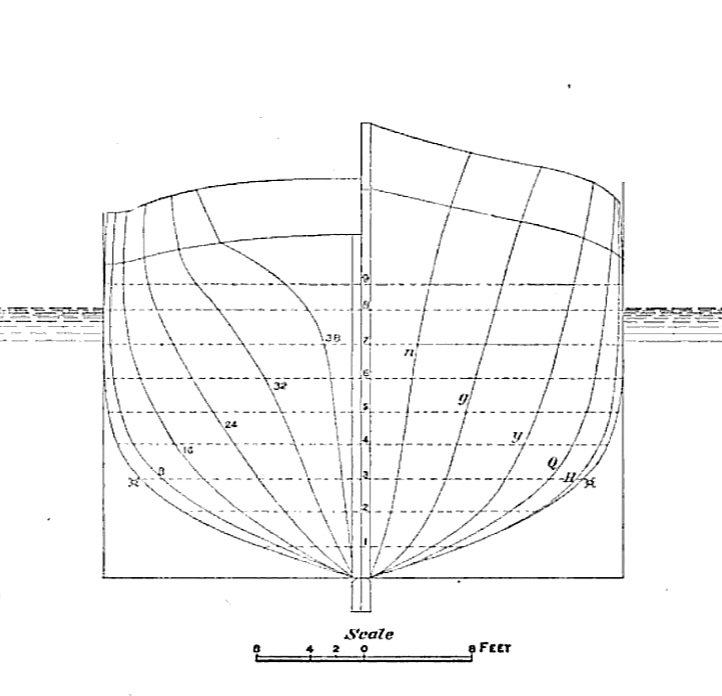
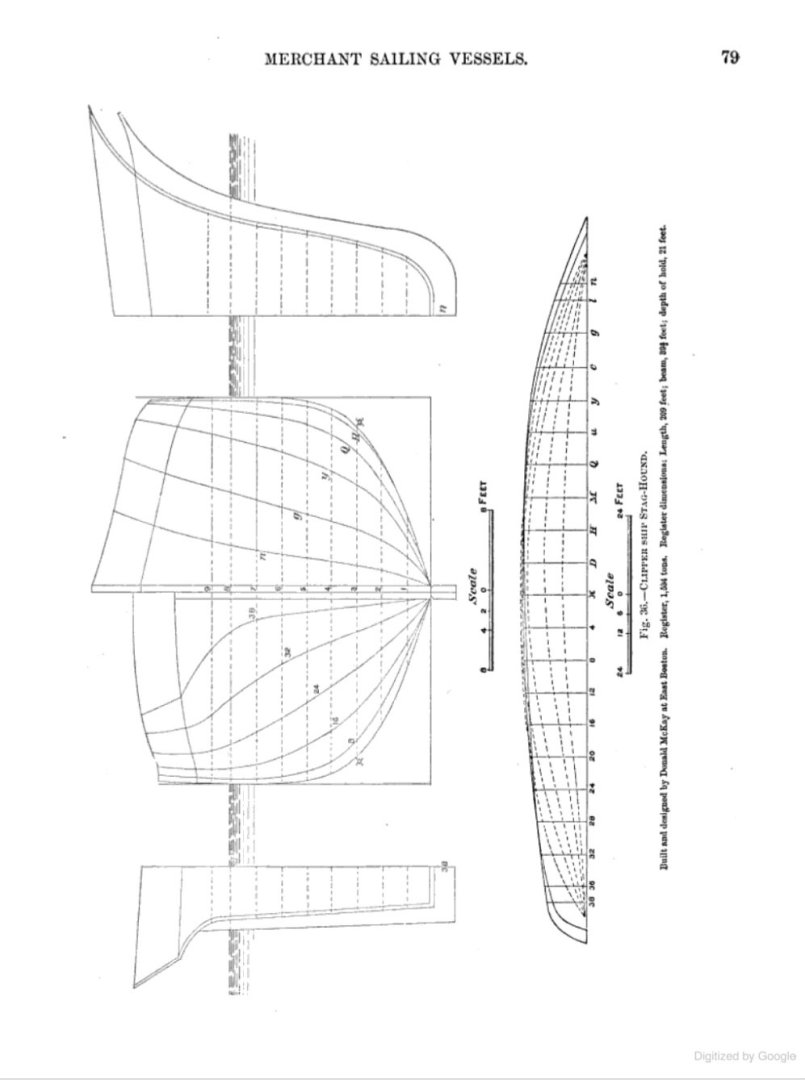
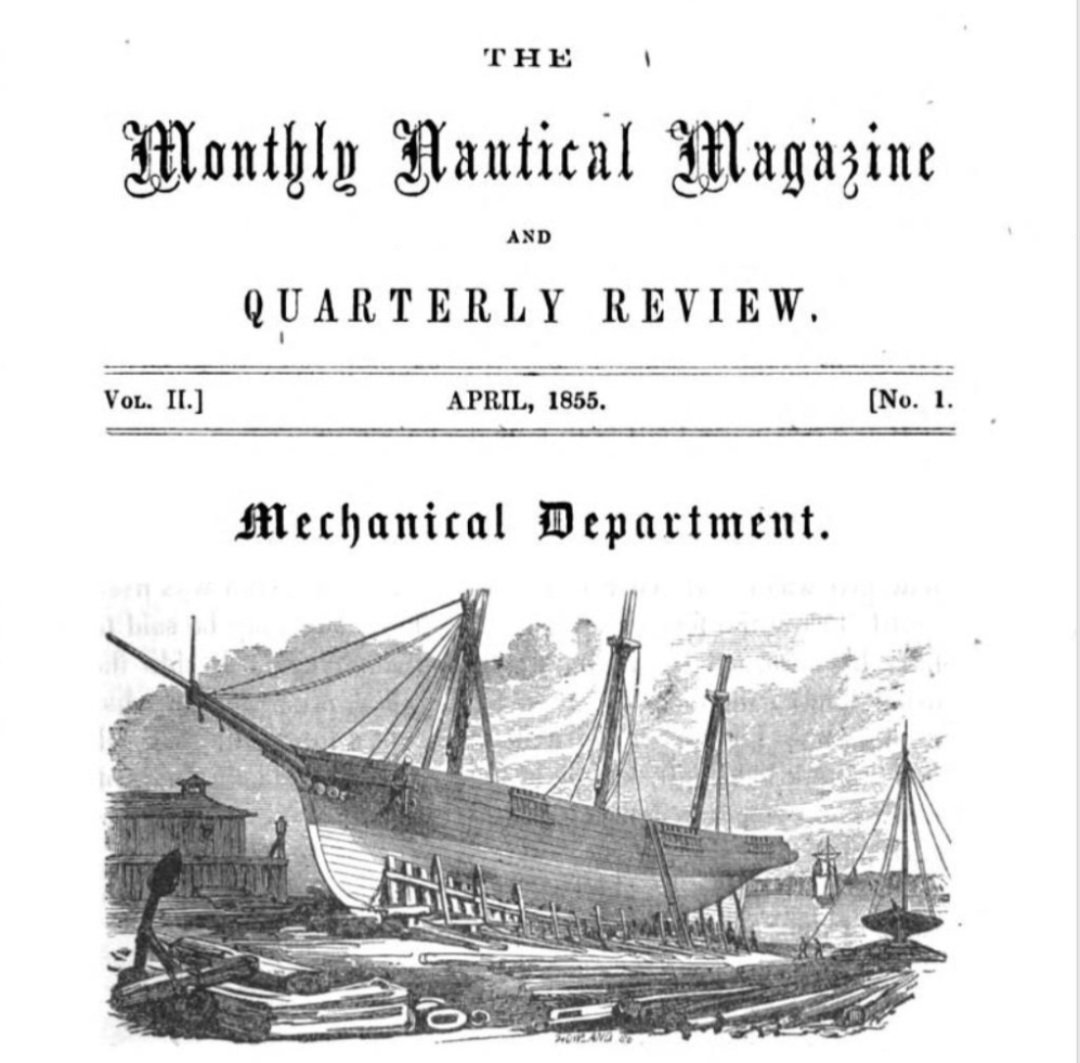
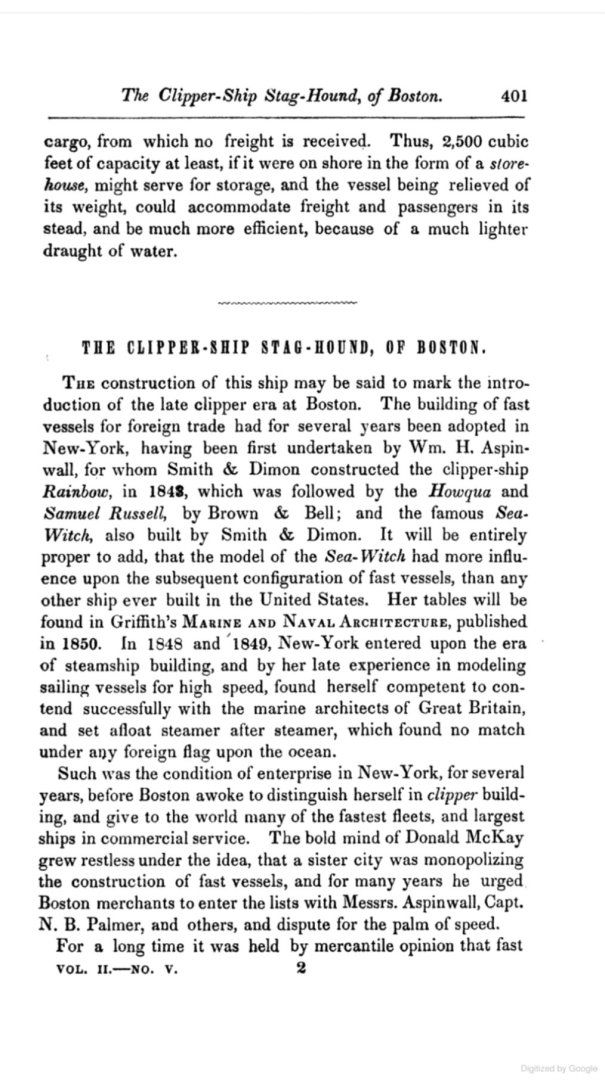
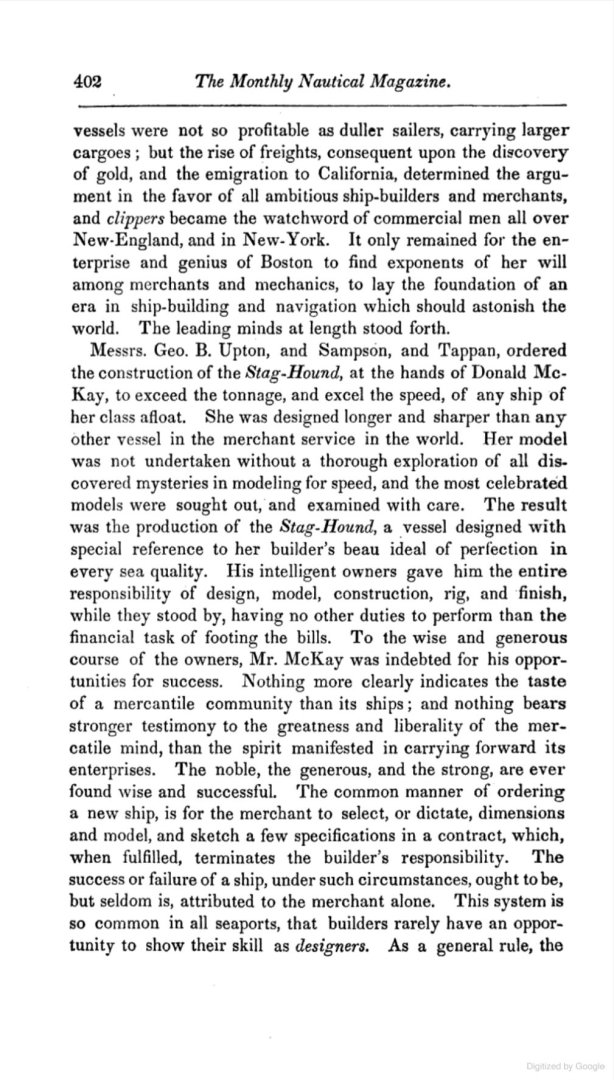
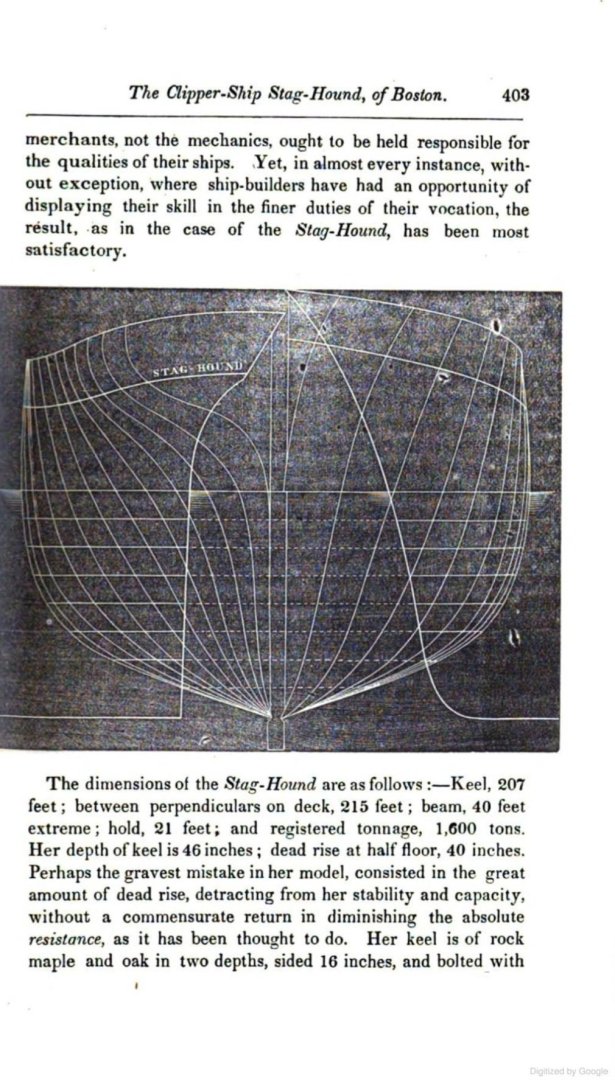
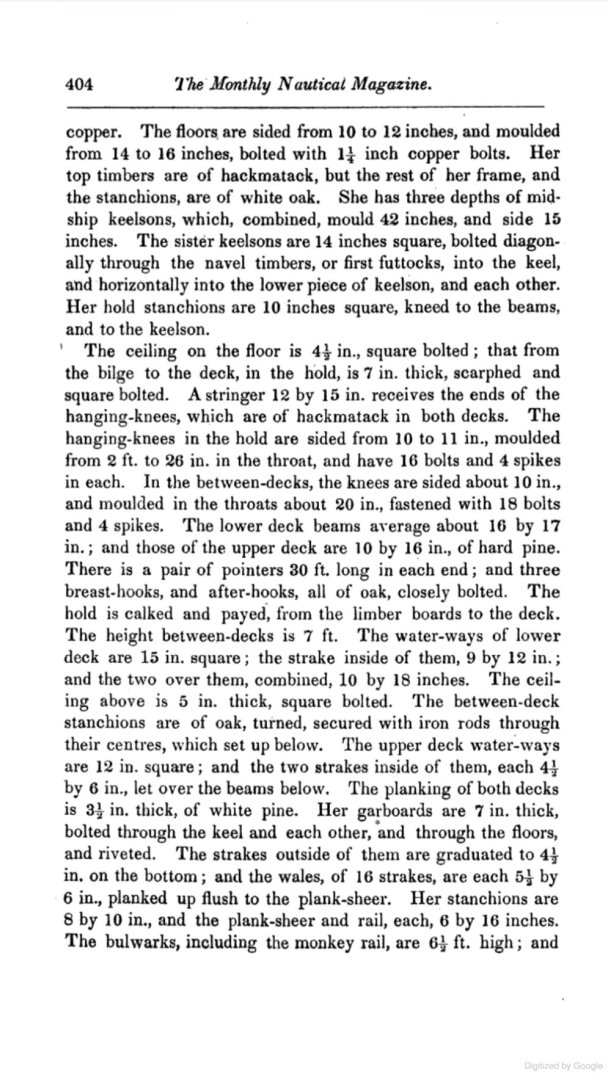
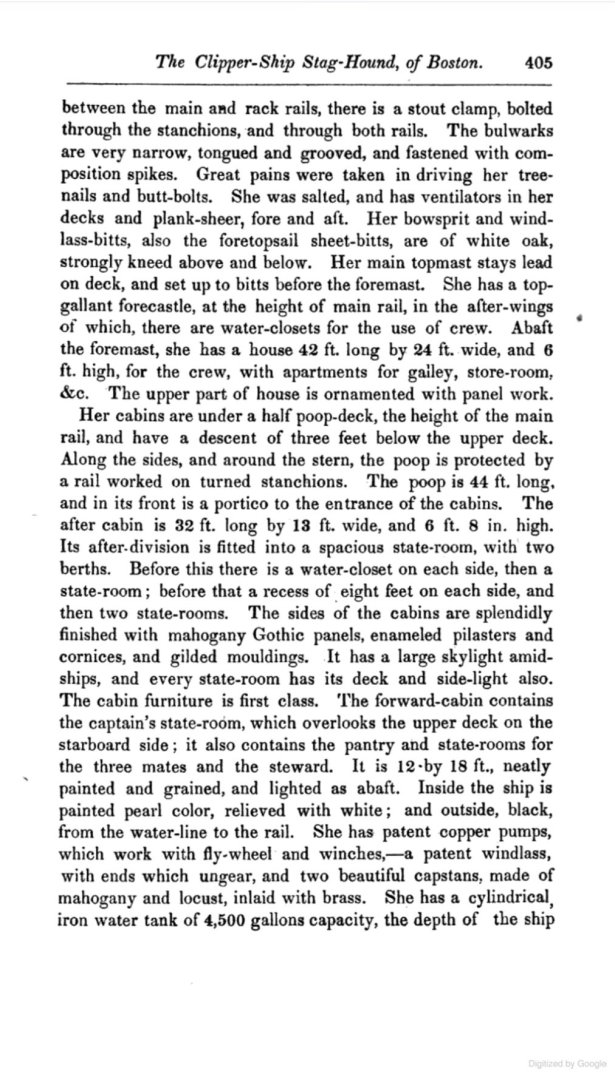
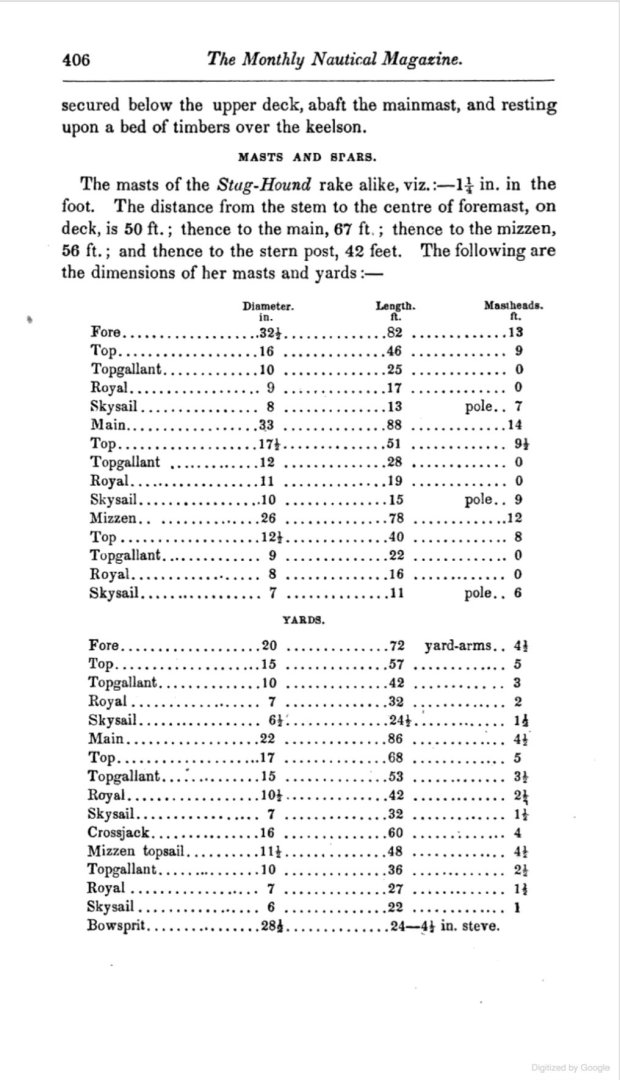
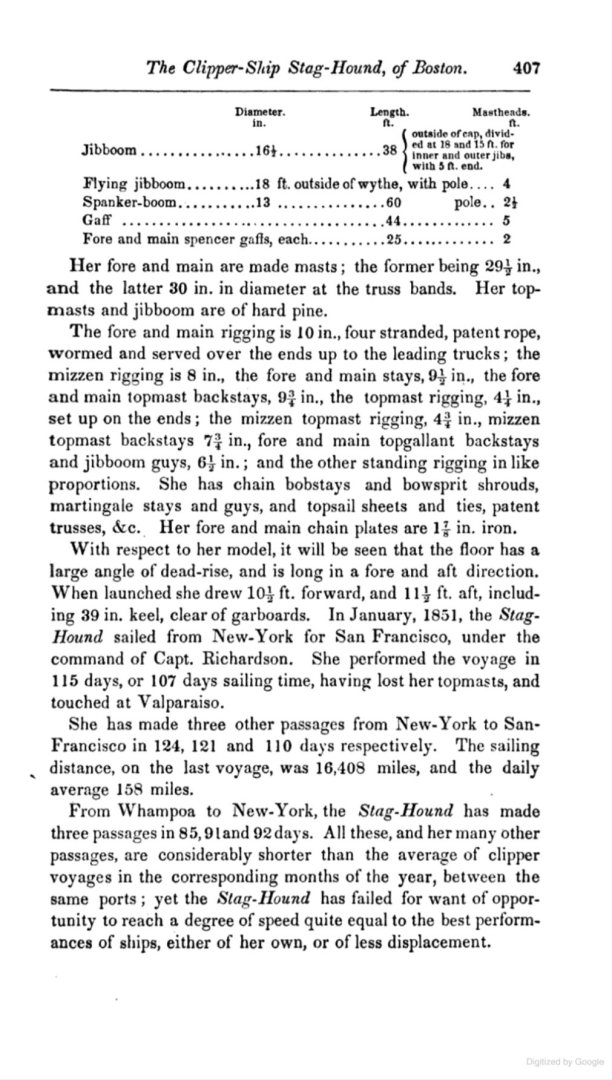
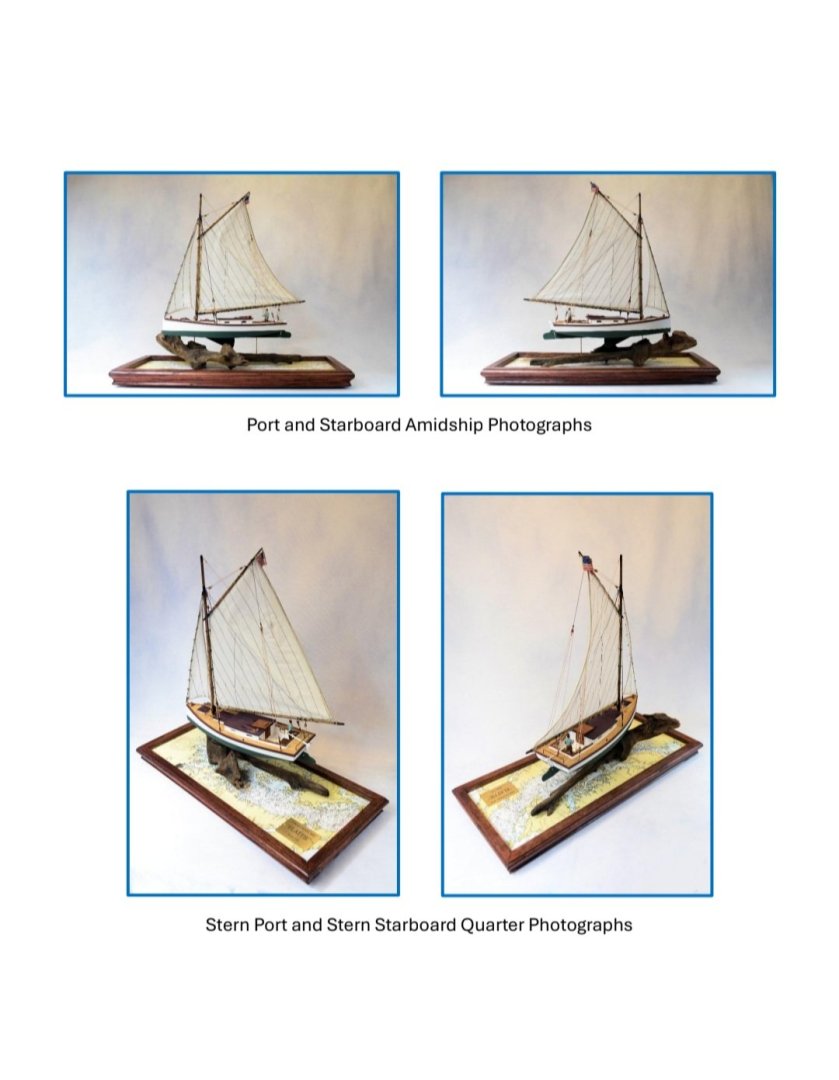
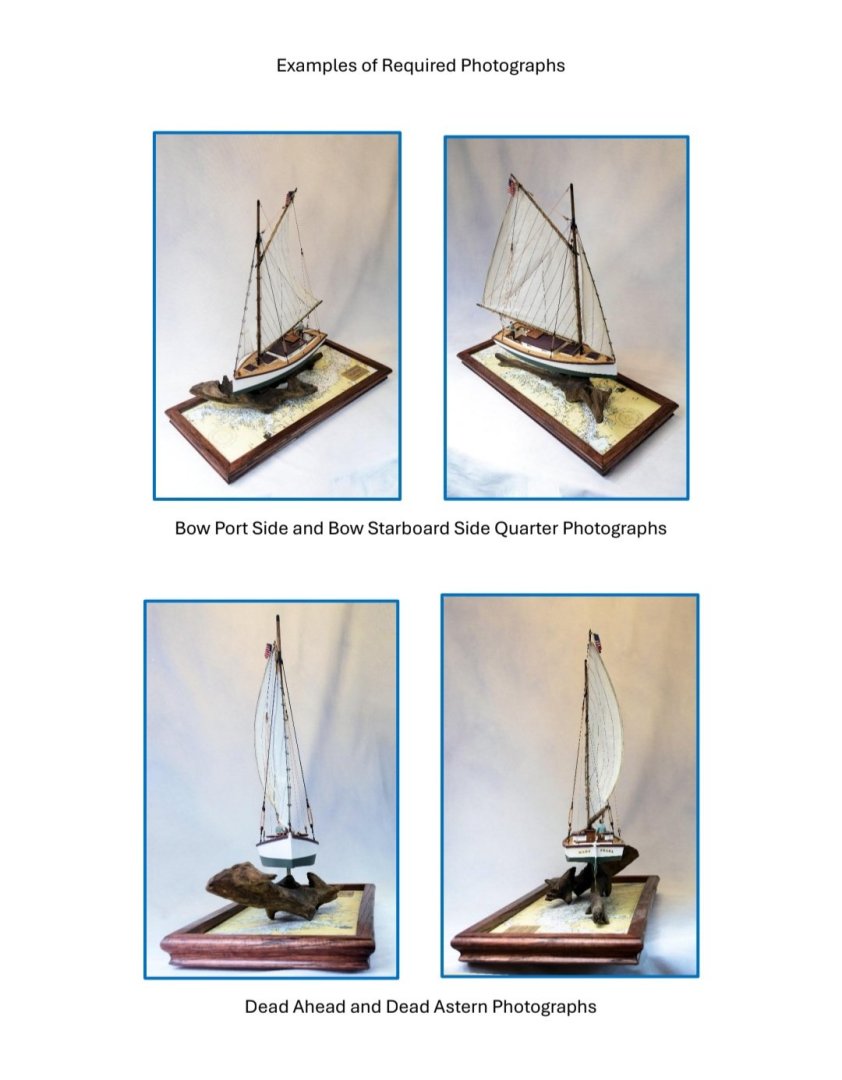
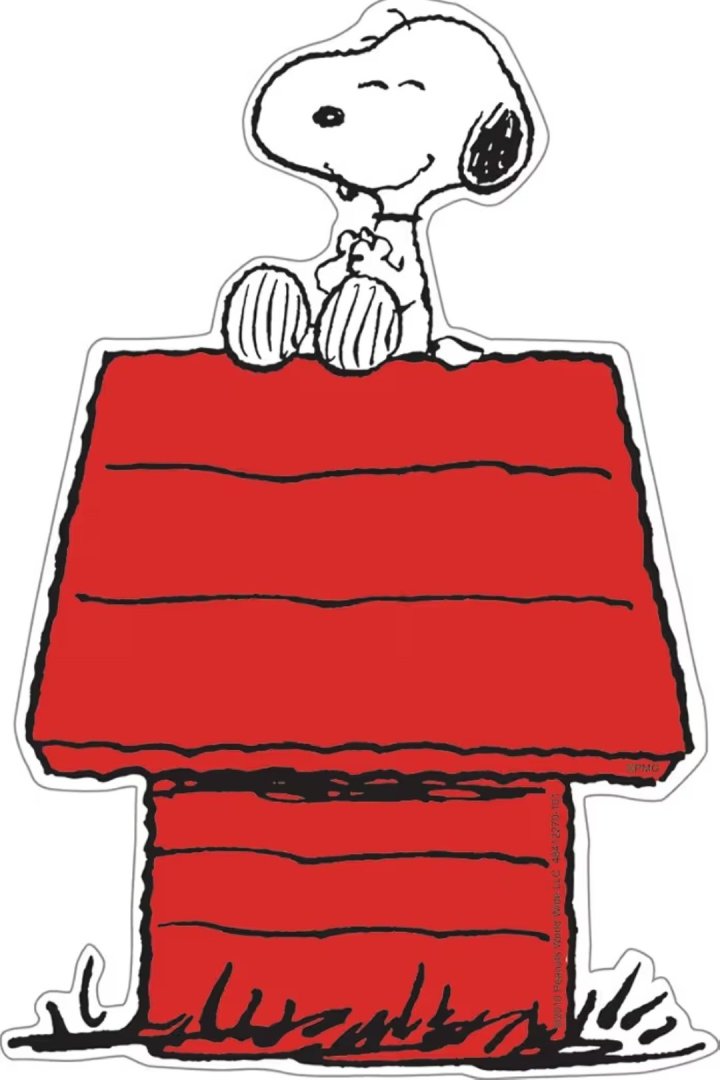
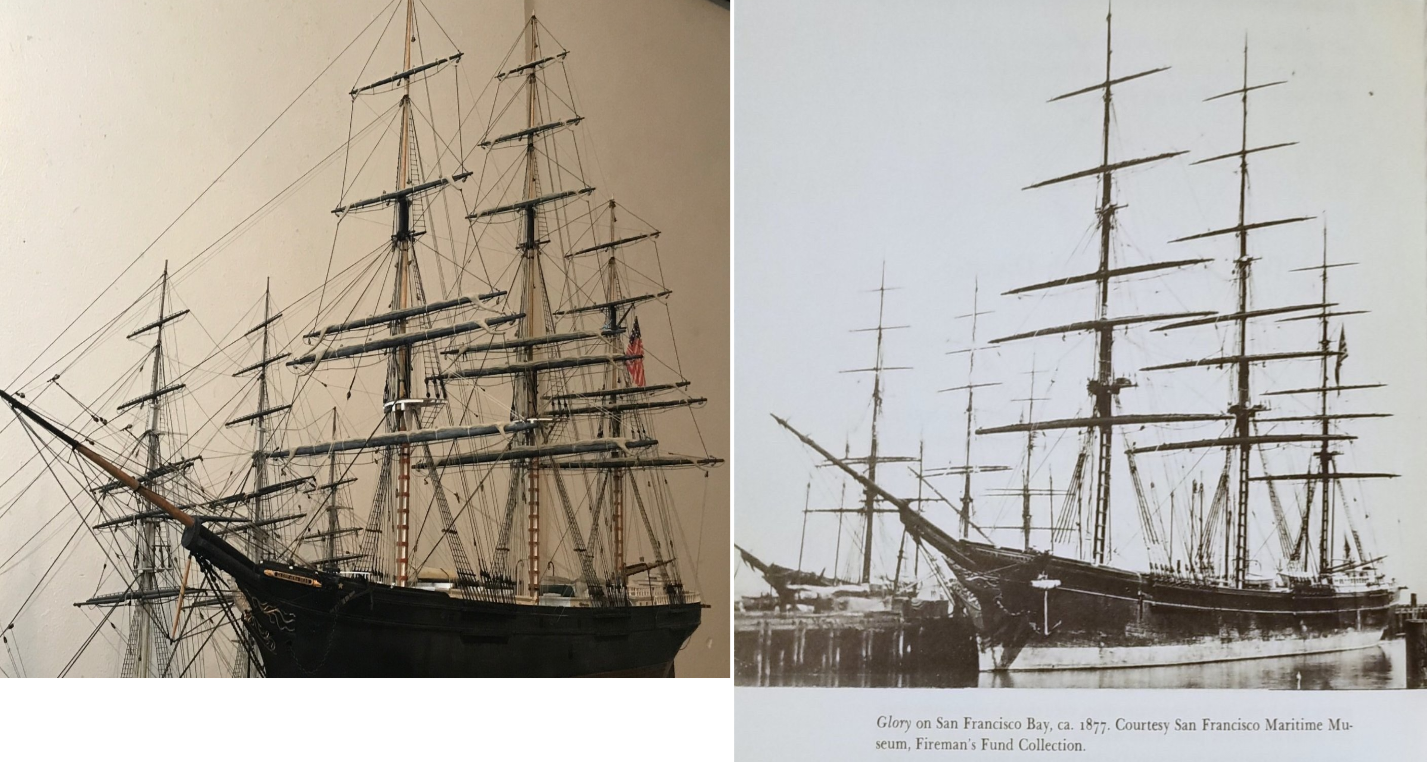
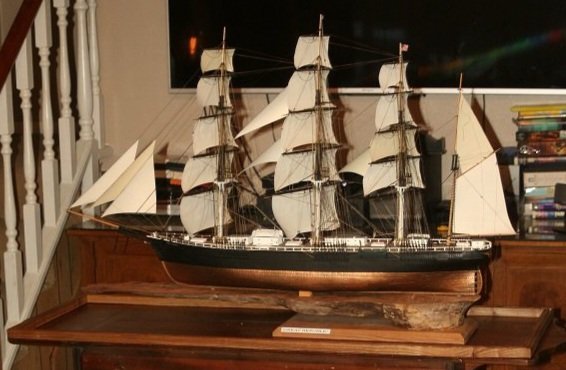
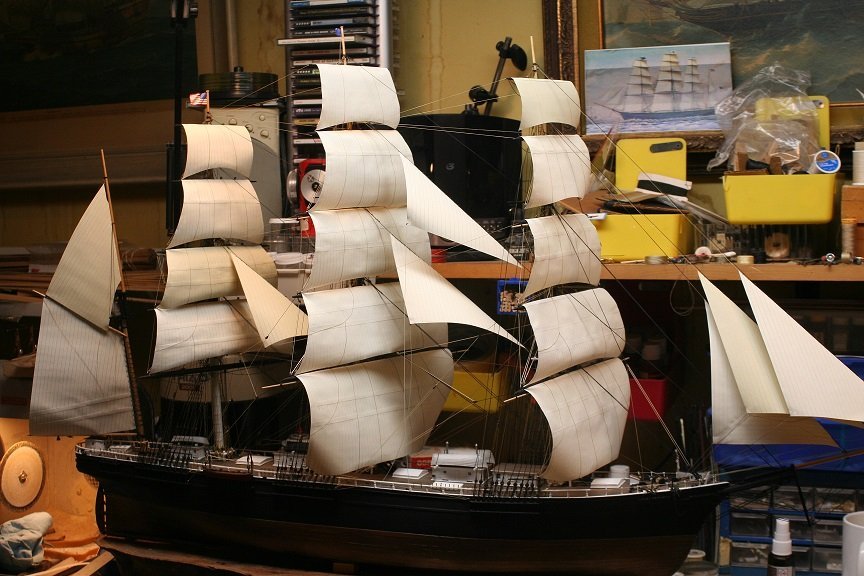
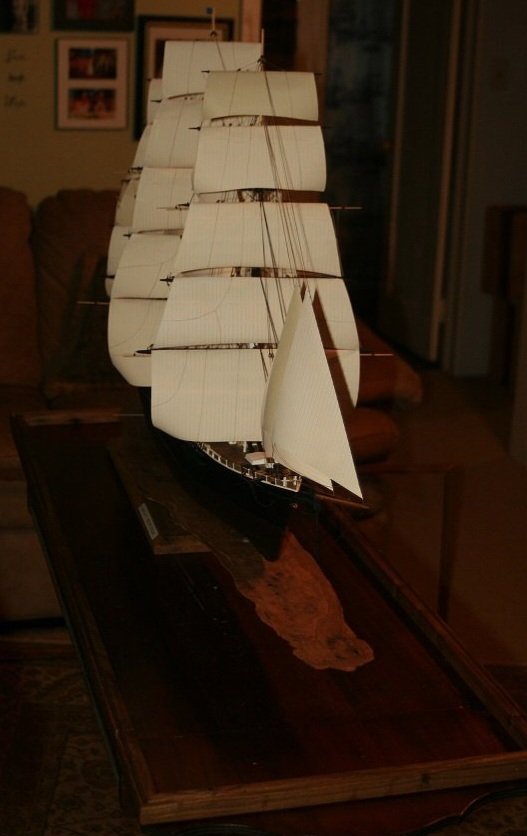
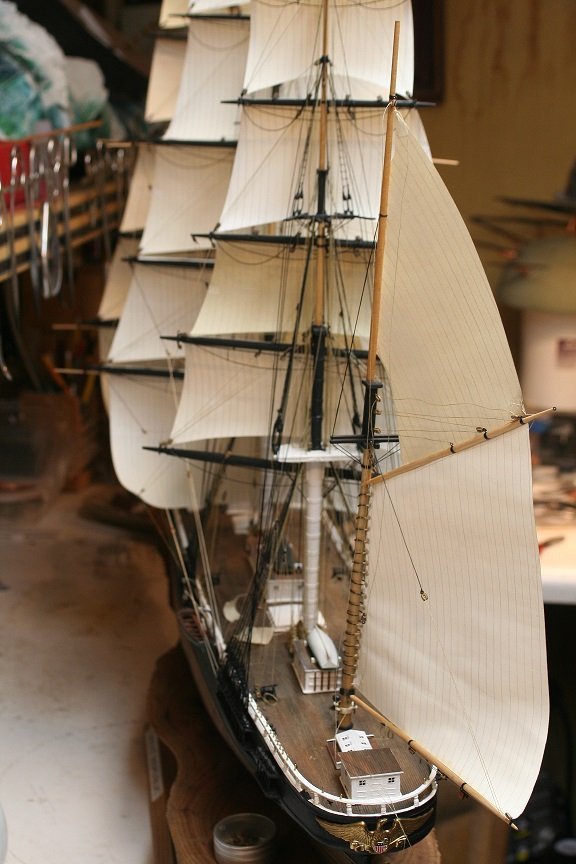
.jpeg.7f78b4b2d5c42aff516110b0373a3f14.jpeg)
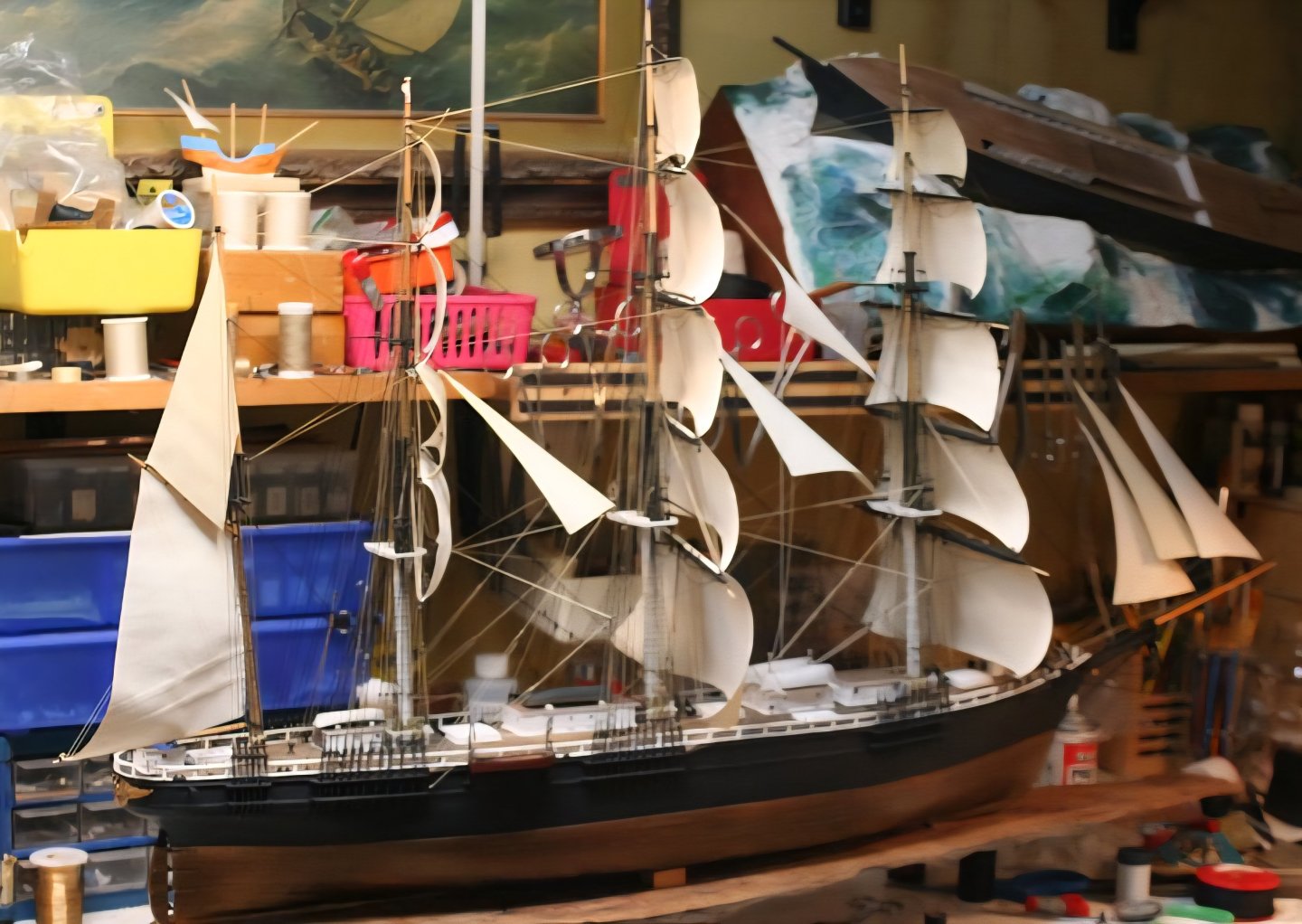
.jpeg.16e94da18027ef838e948be5e1b8166d.jpeg)
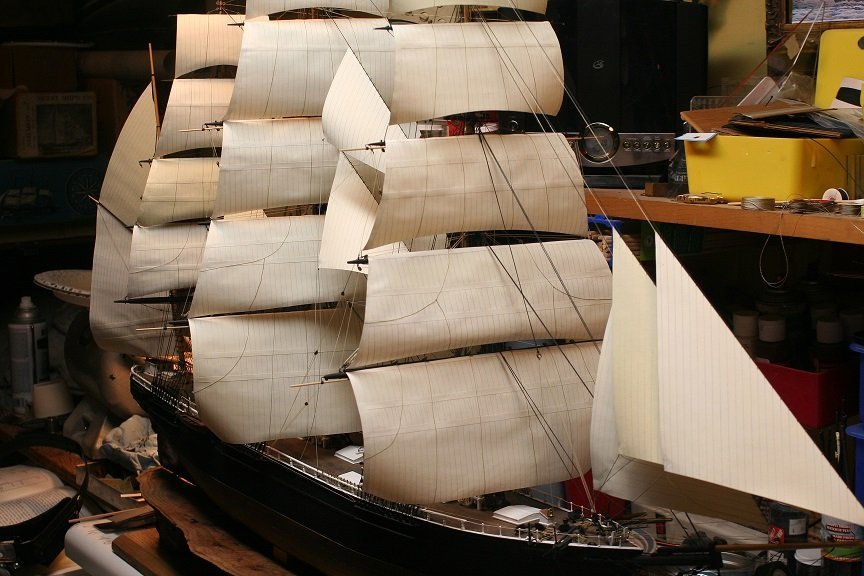

.jpeg.3b3eee26c04f36434fe30120e67cad0e.jpeg)

